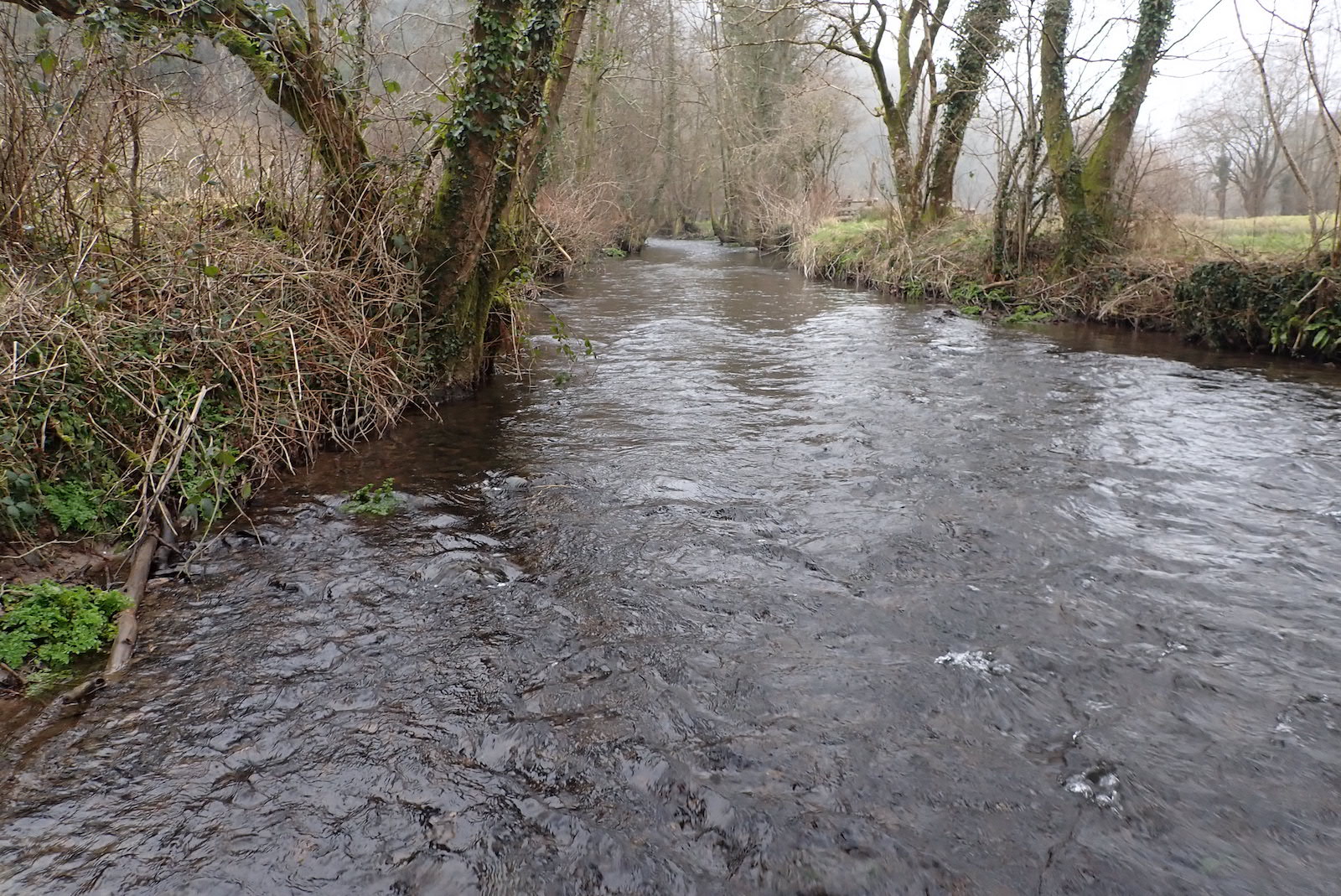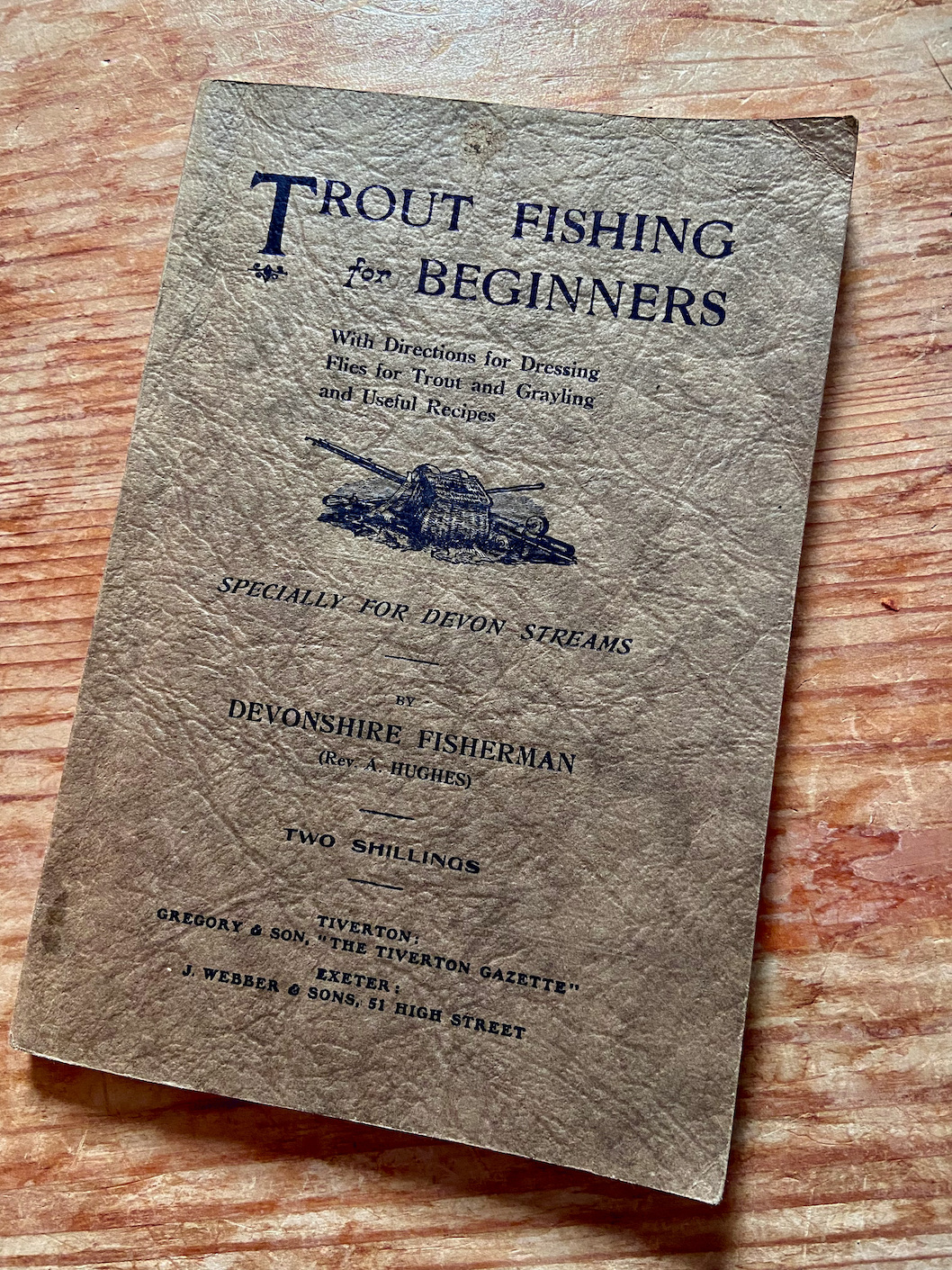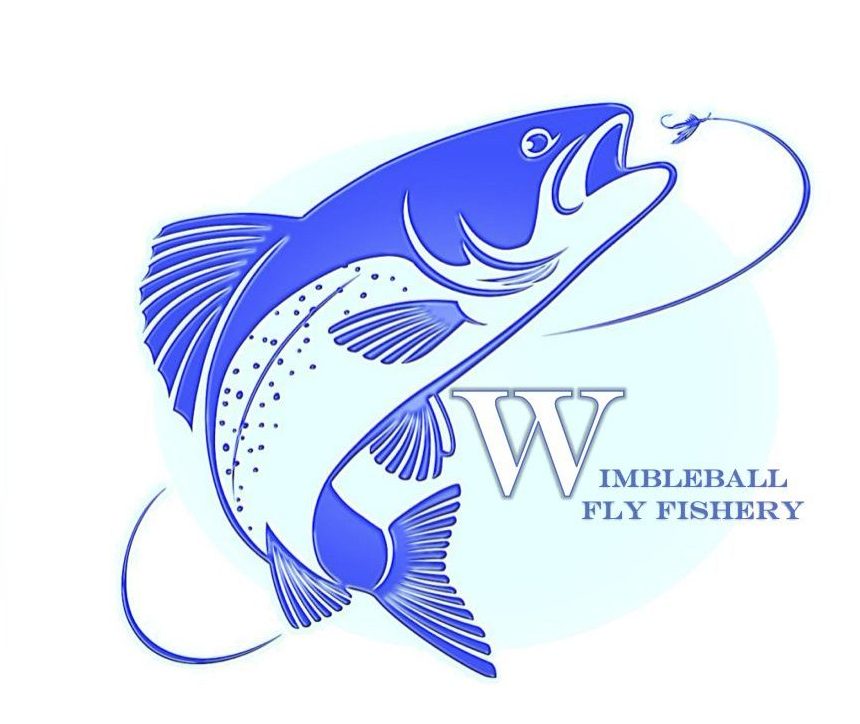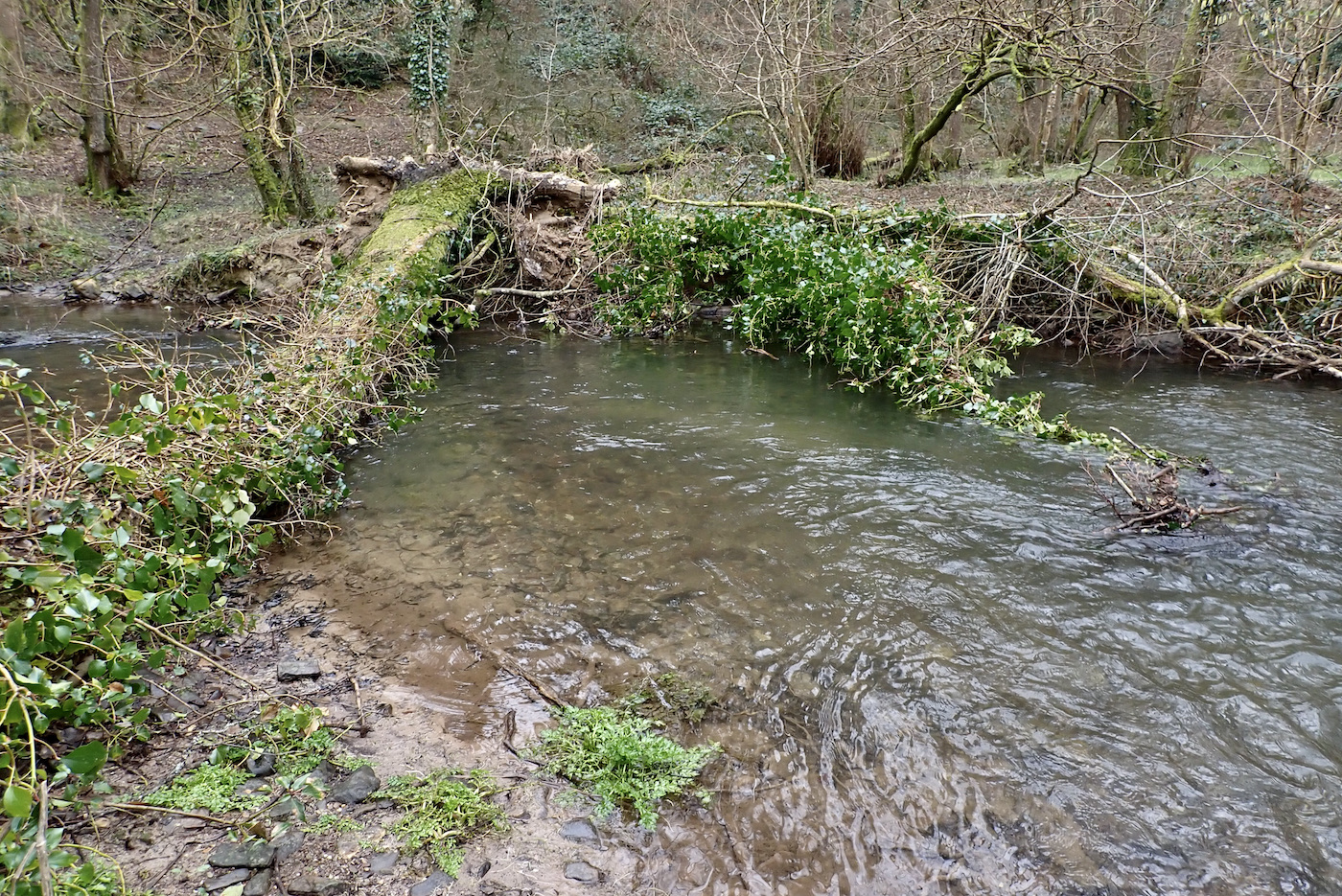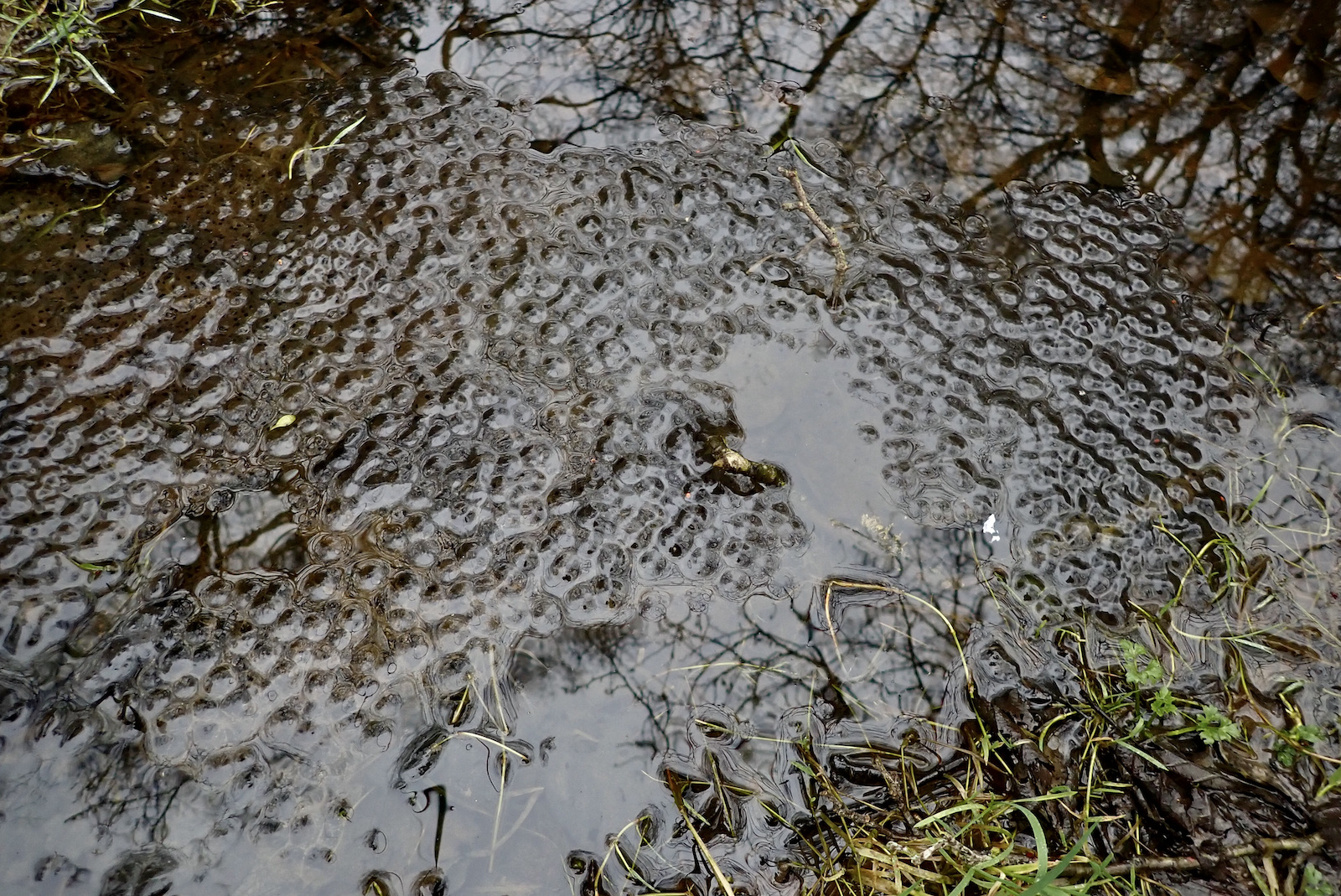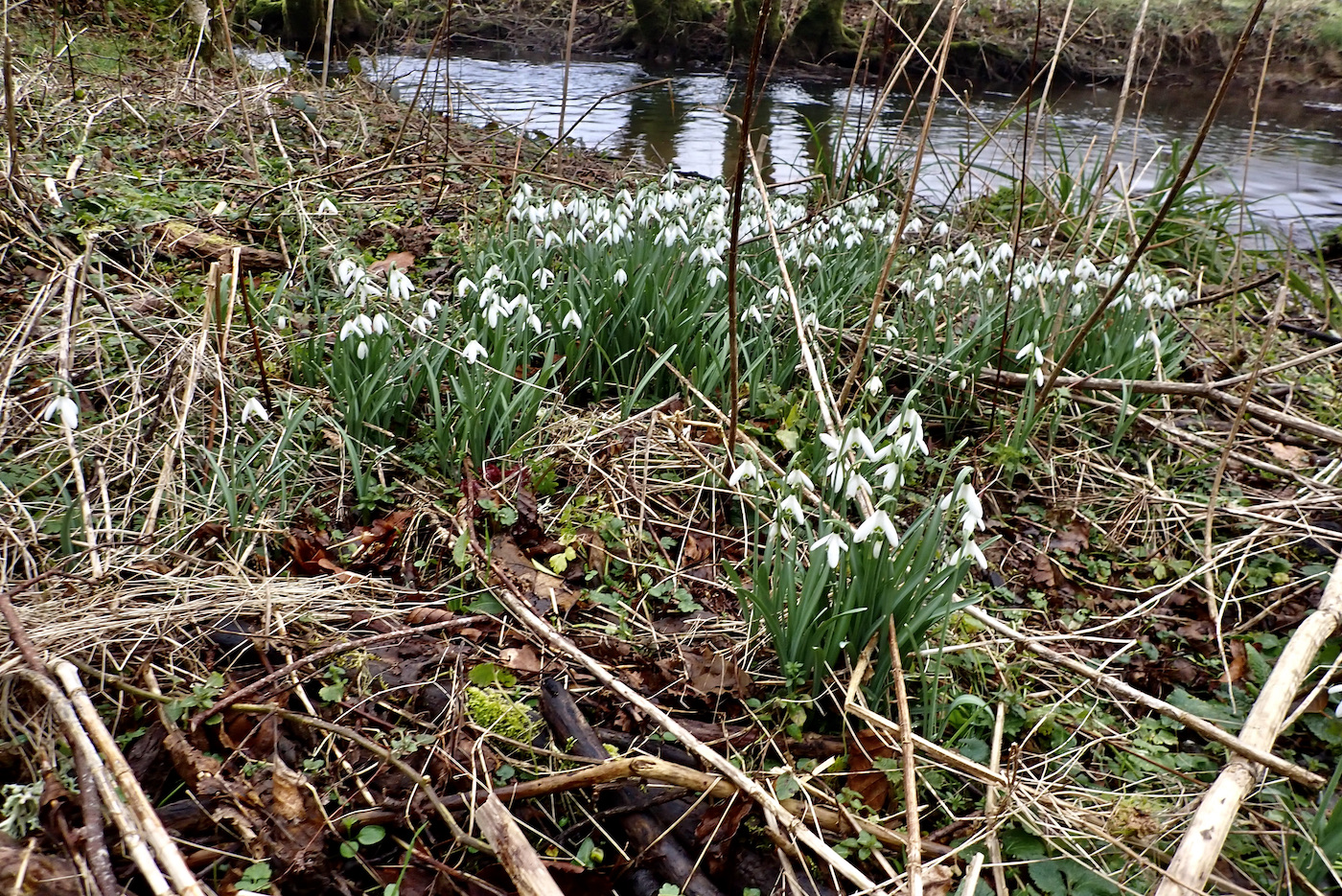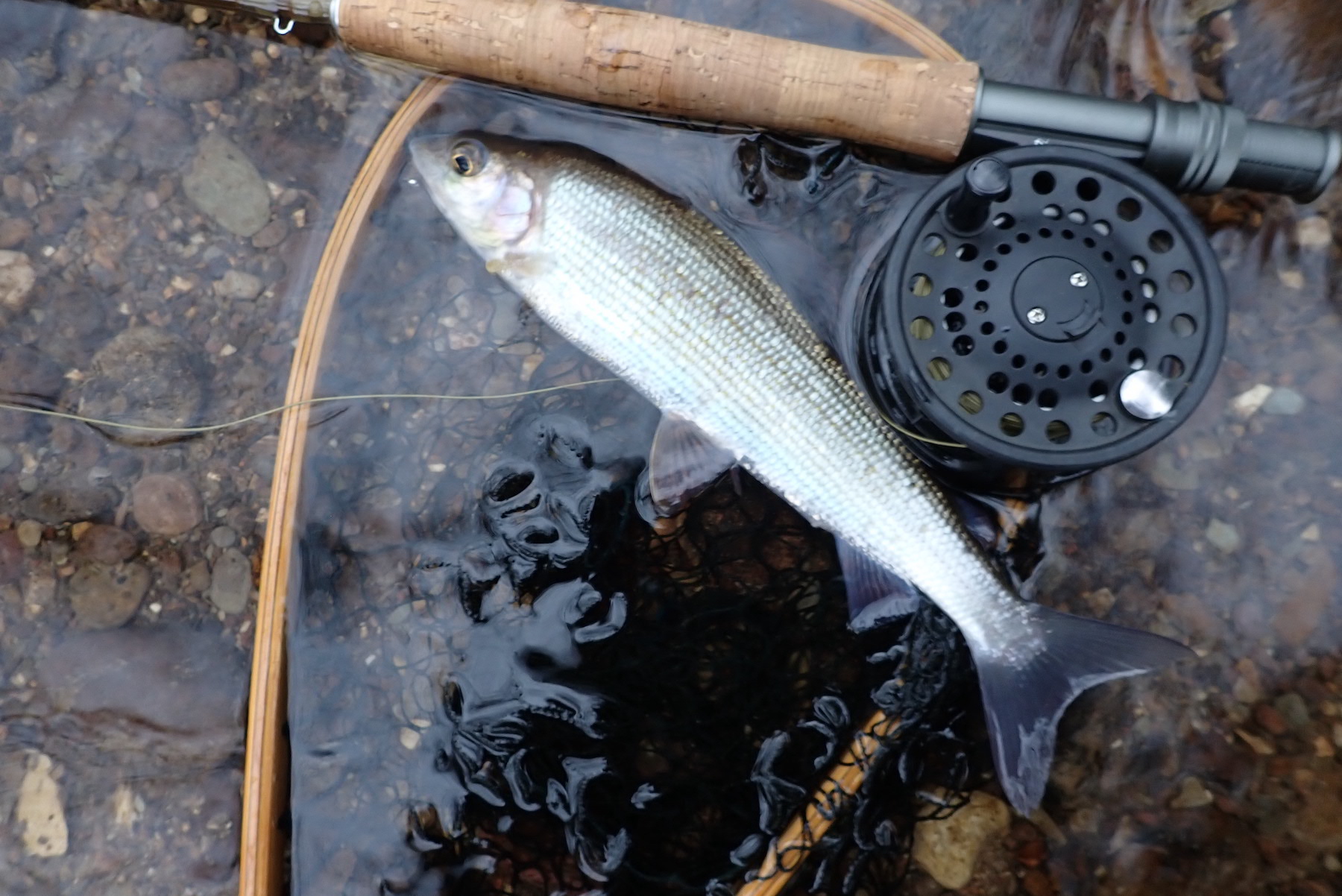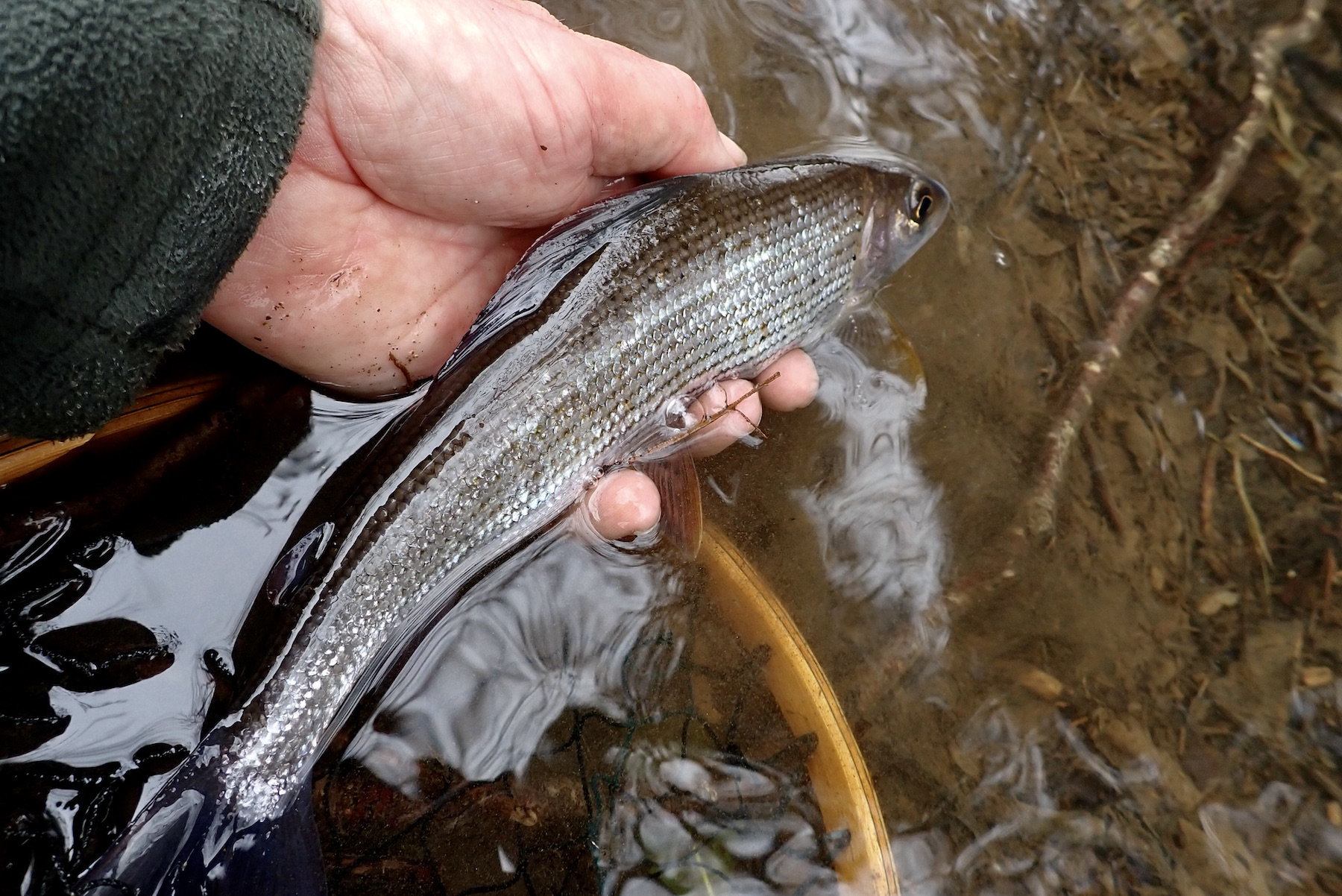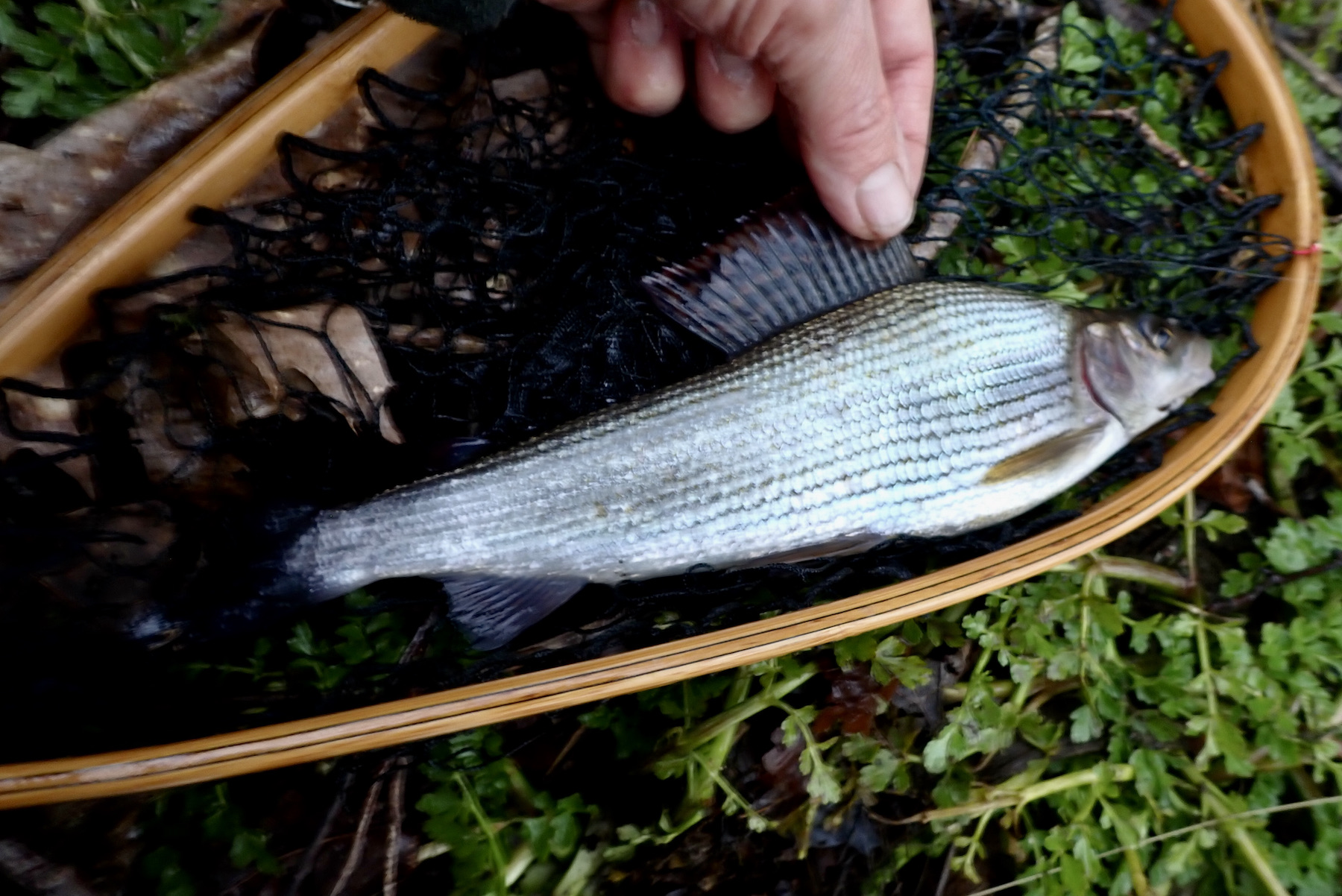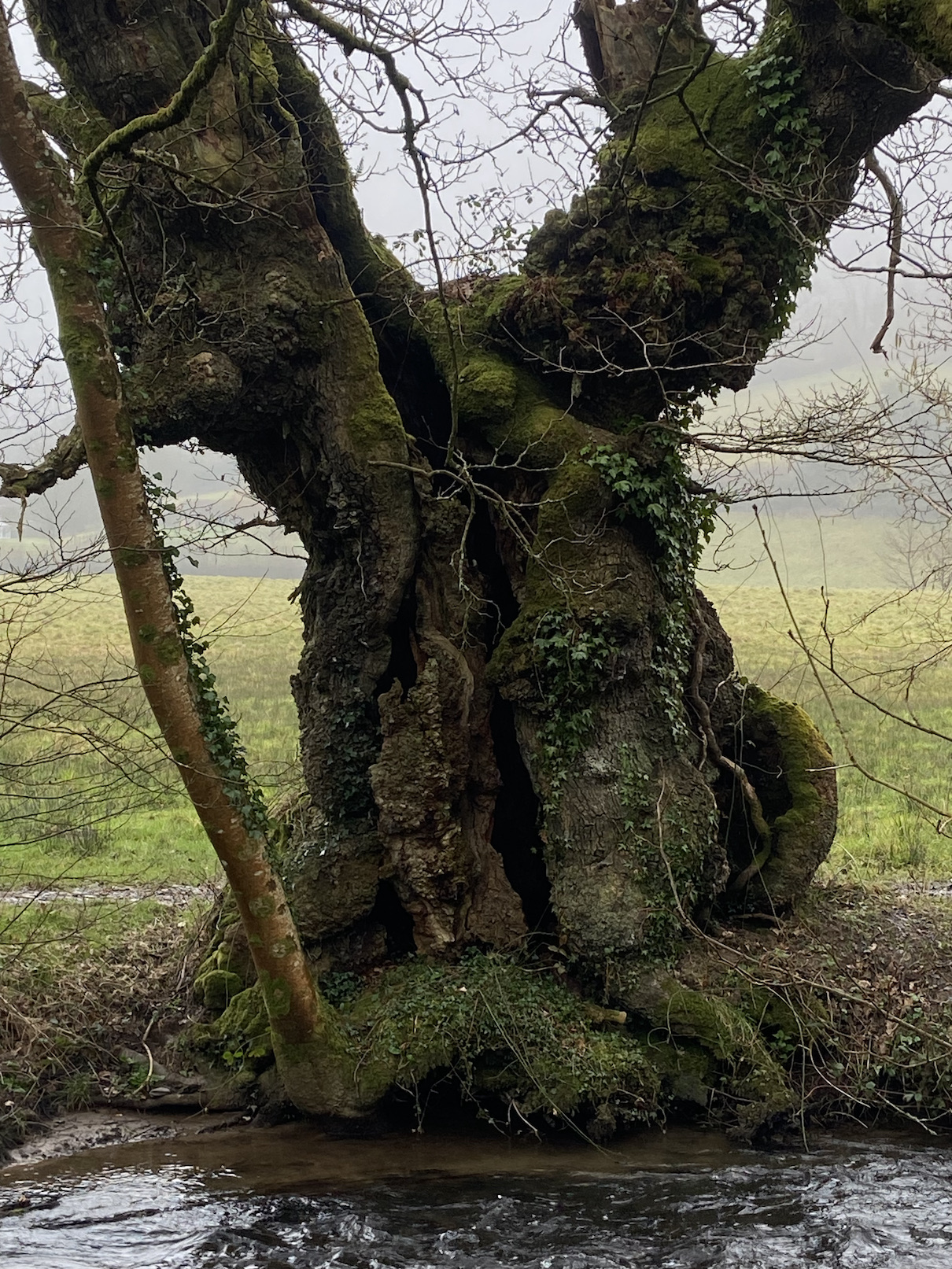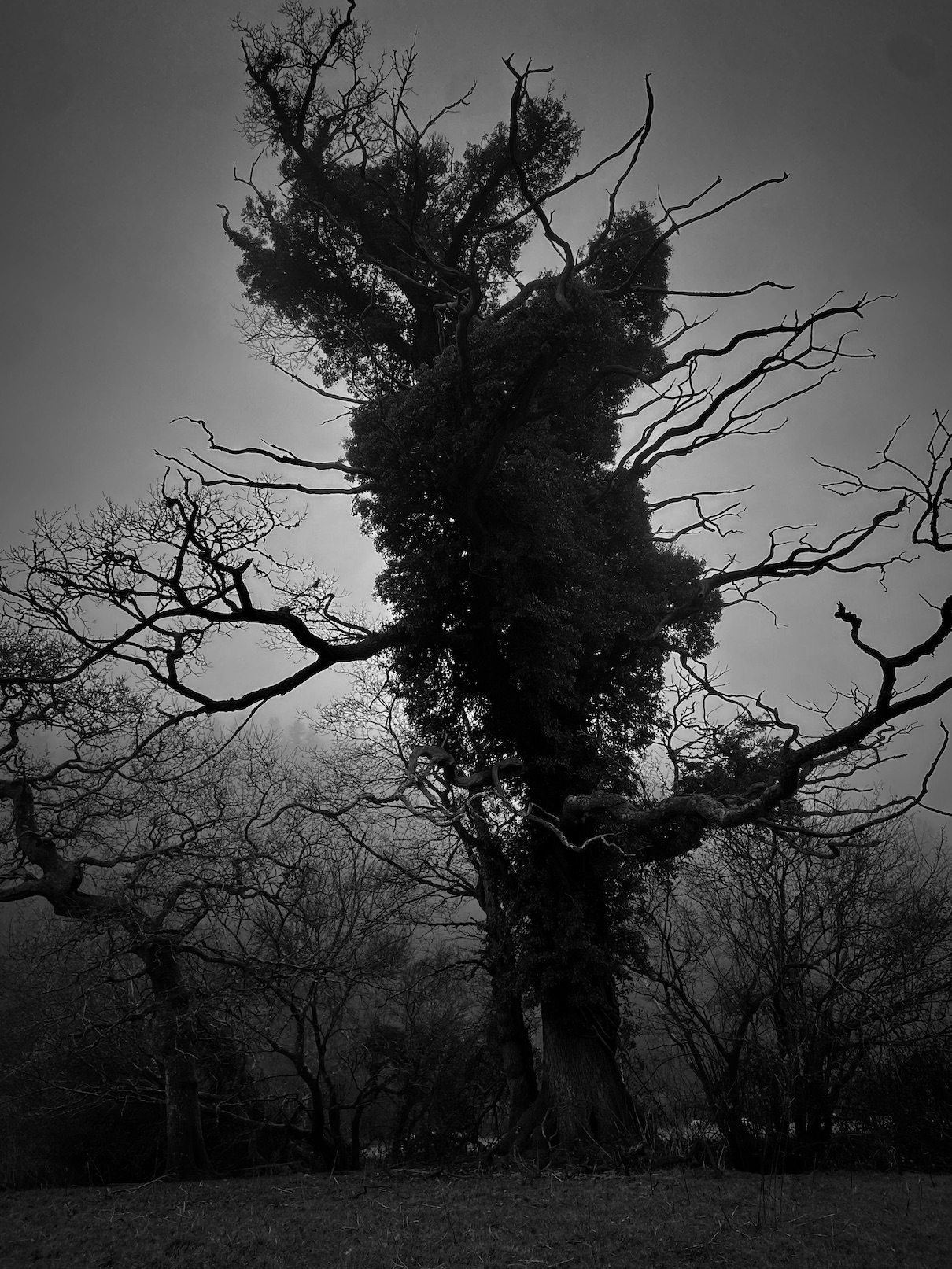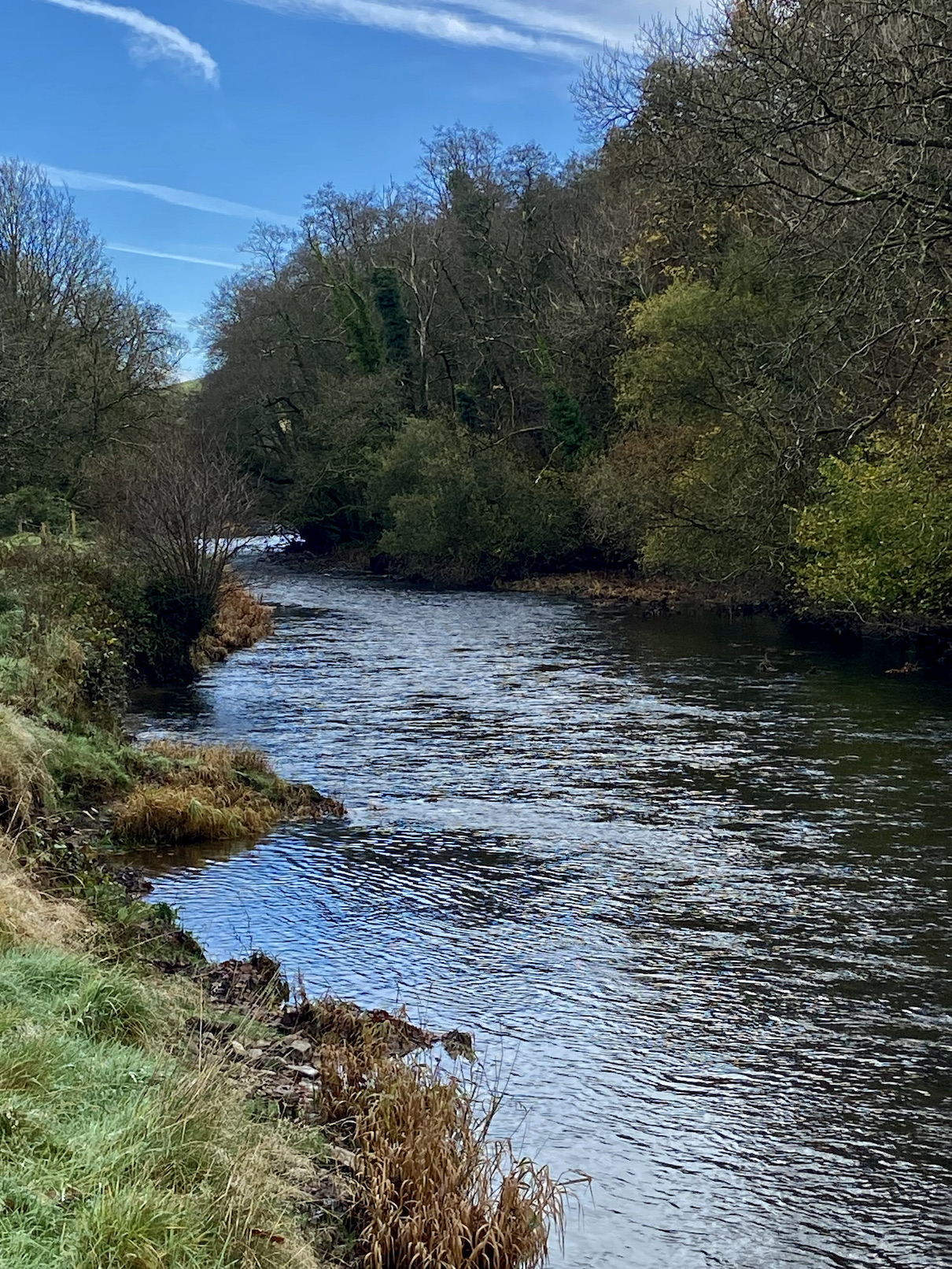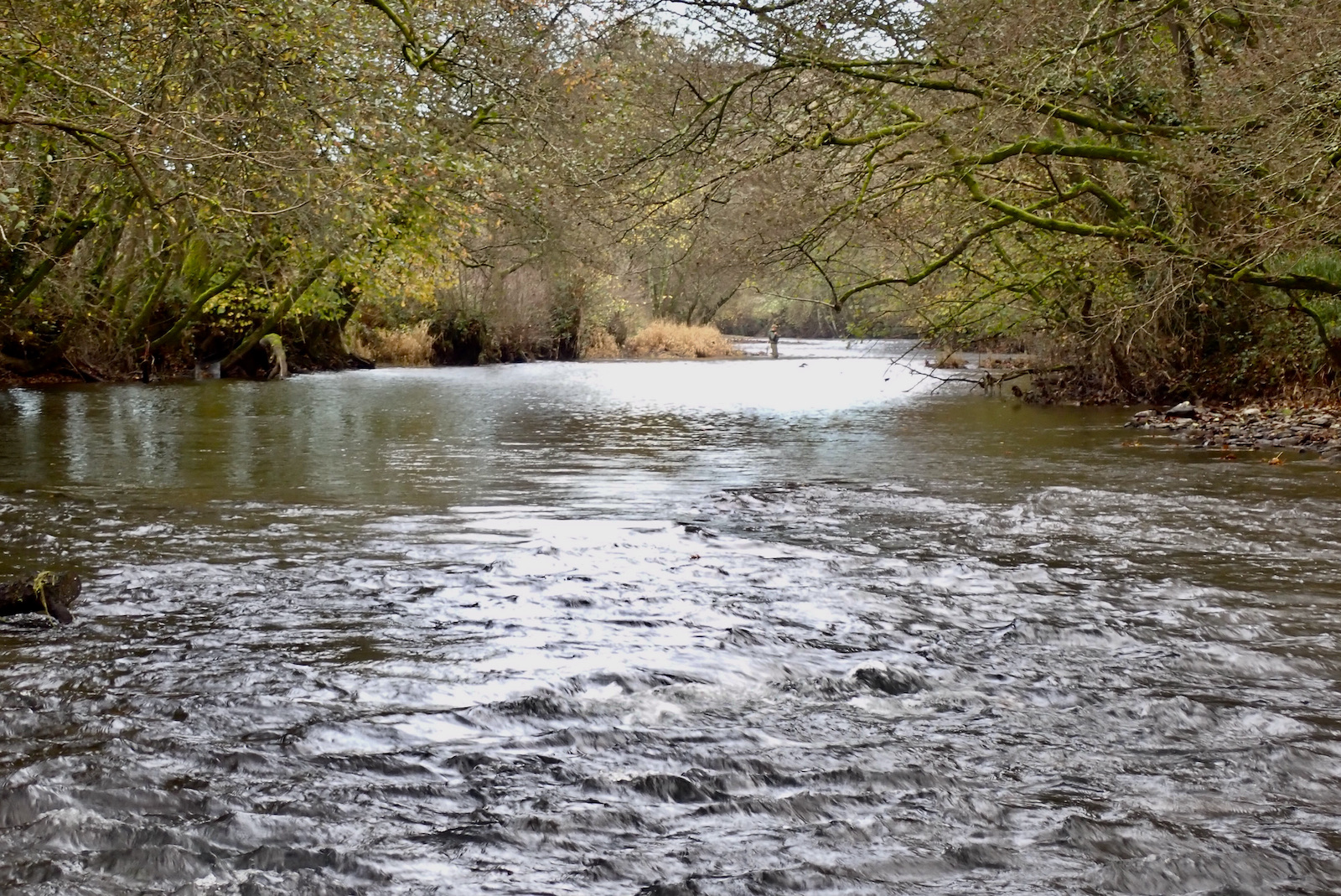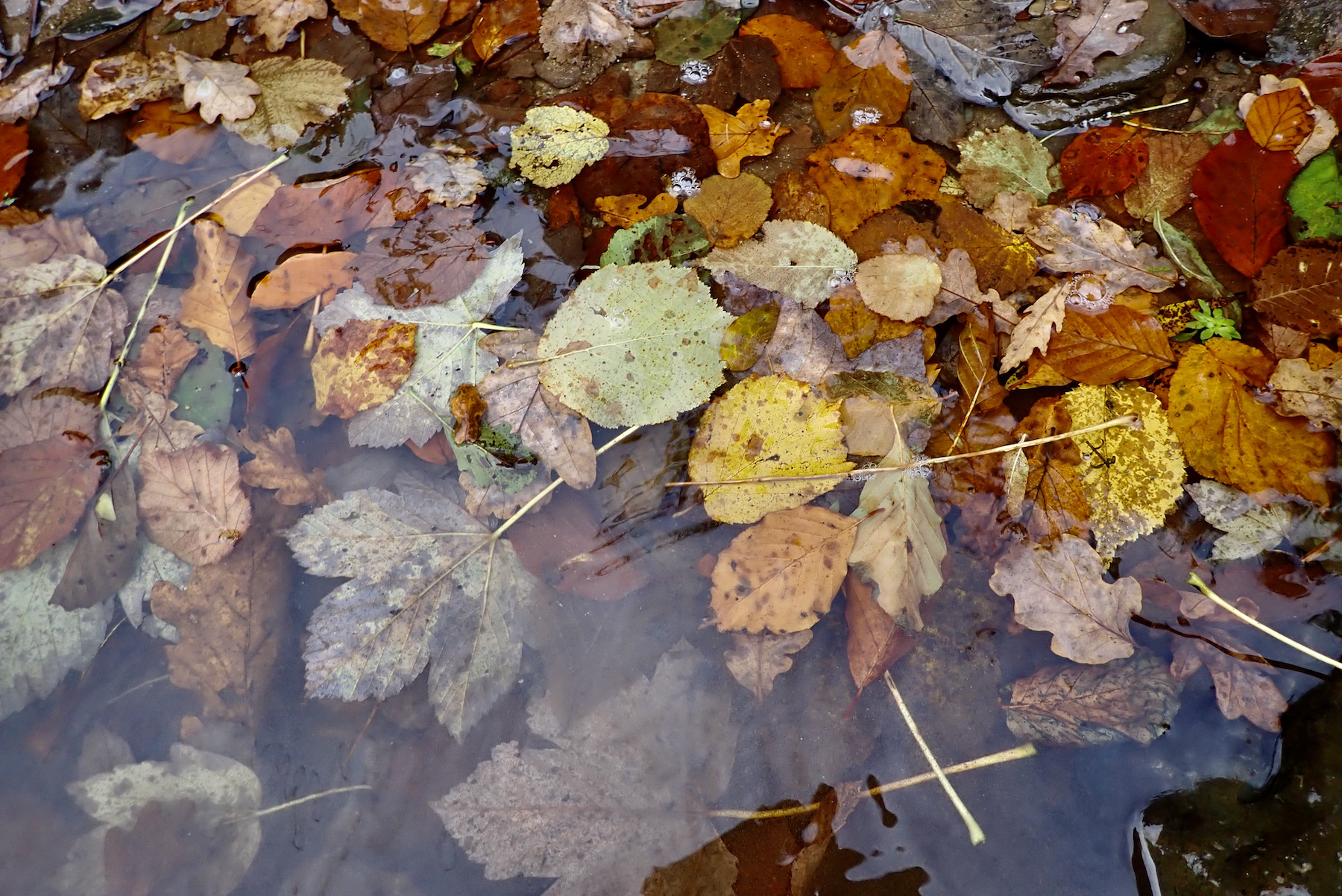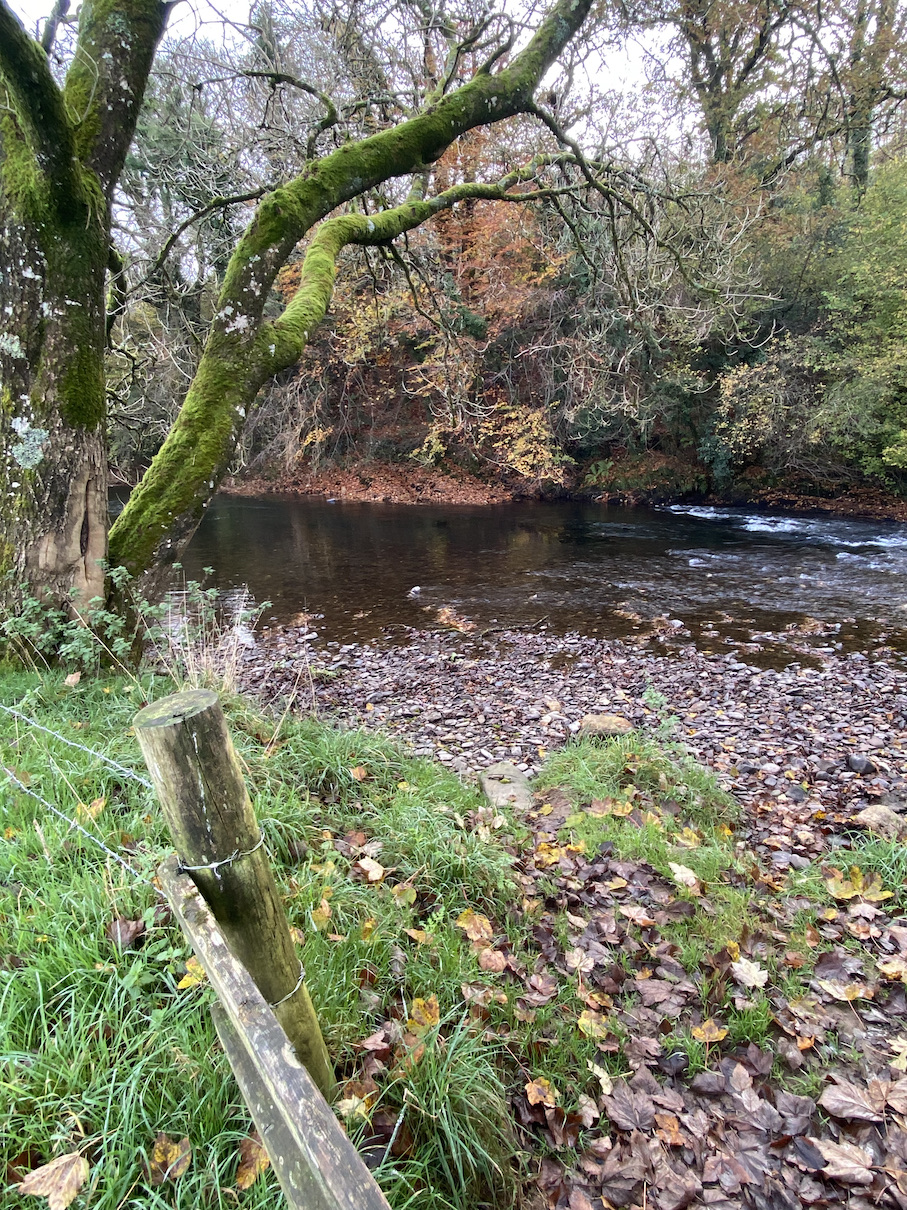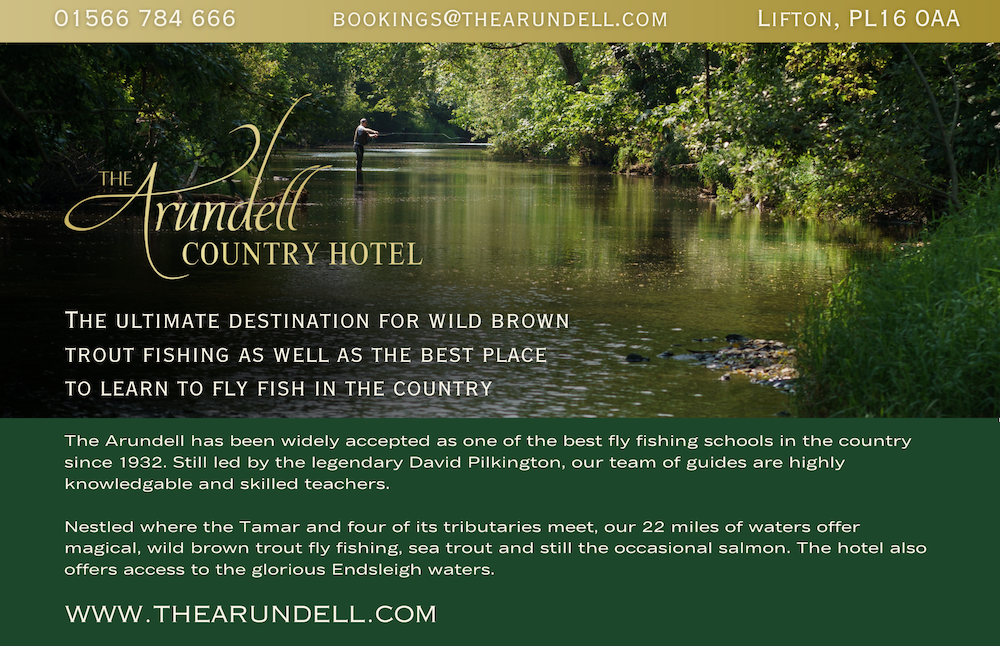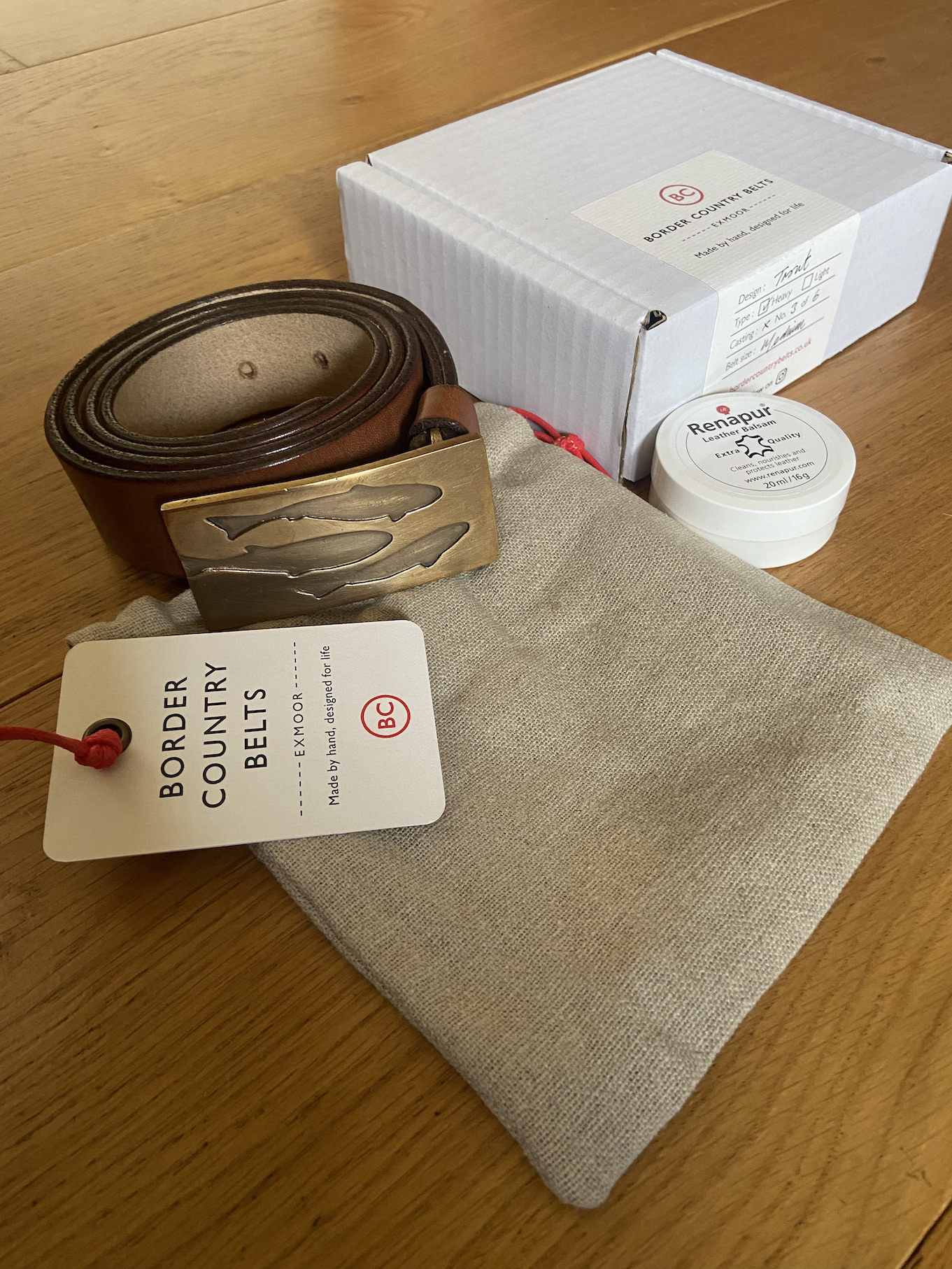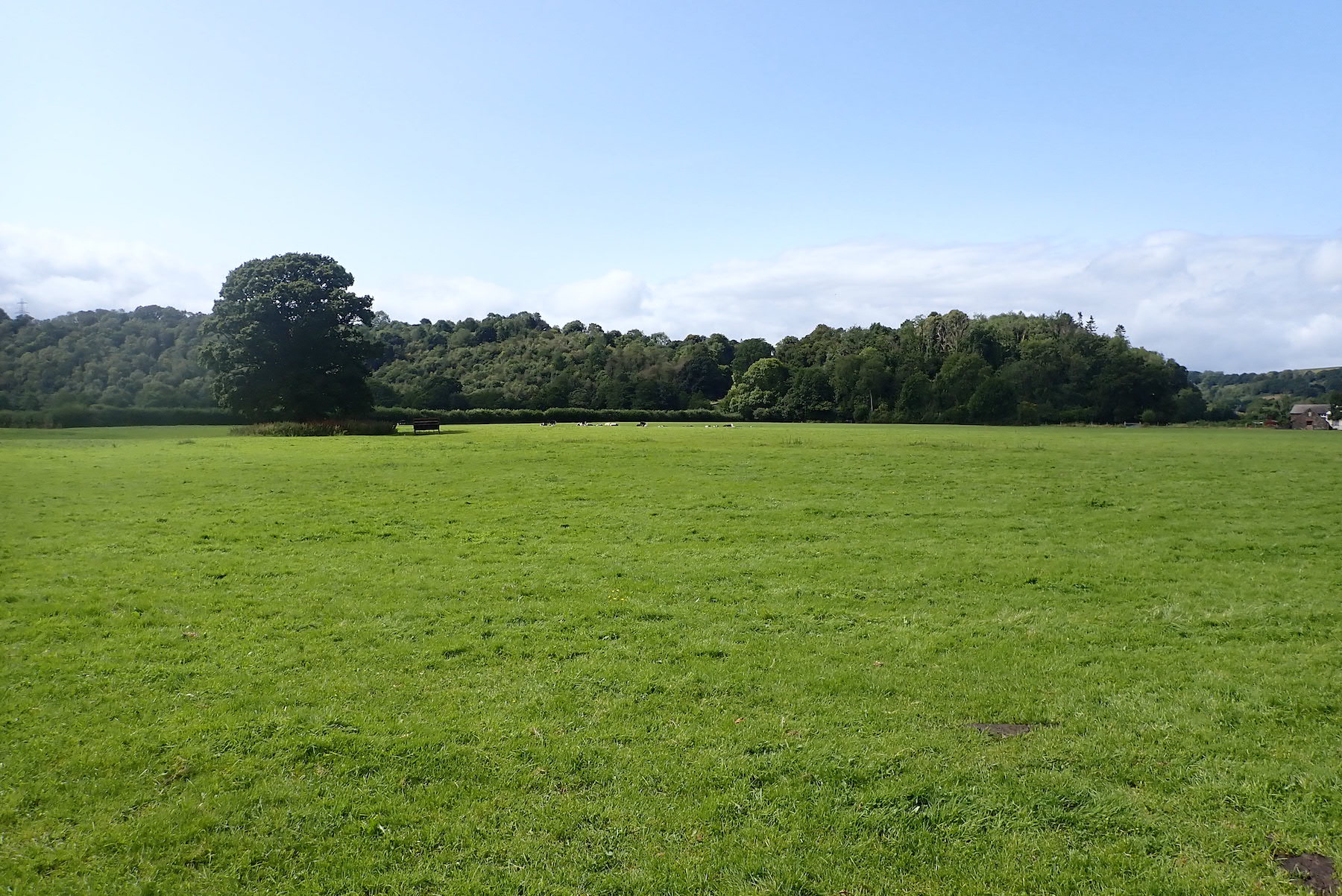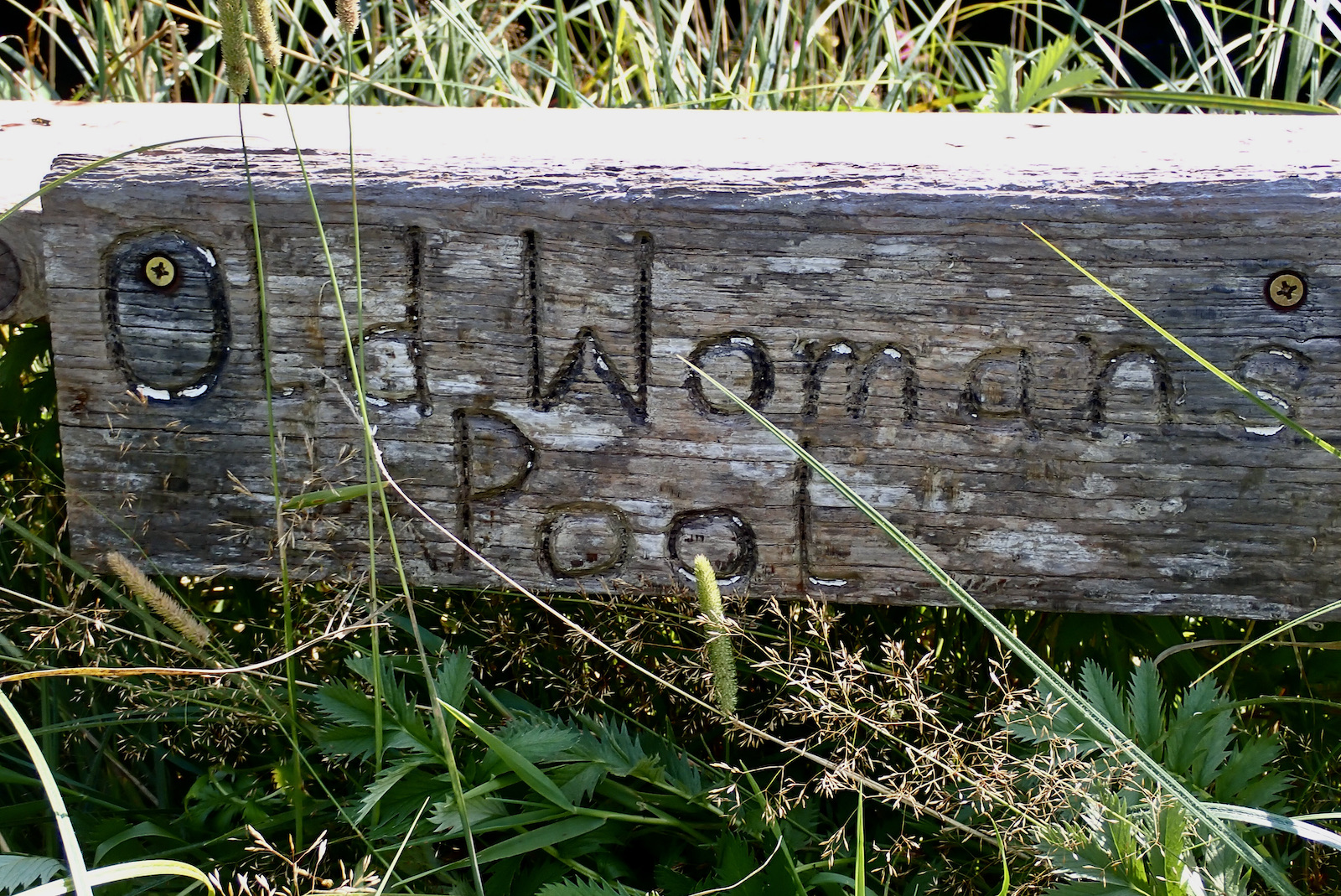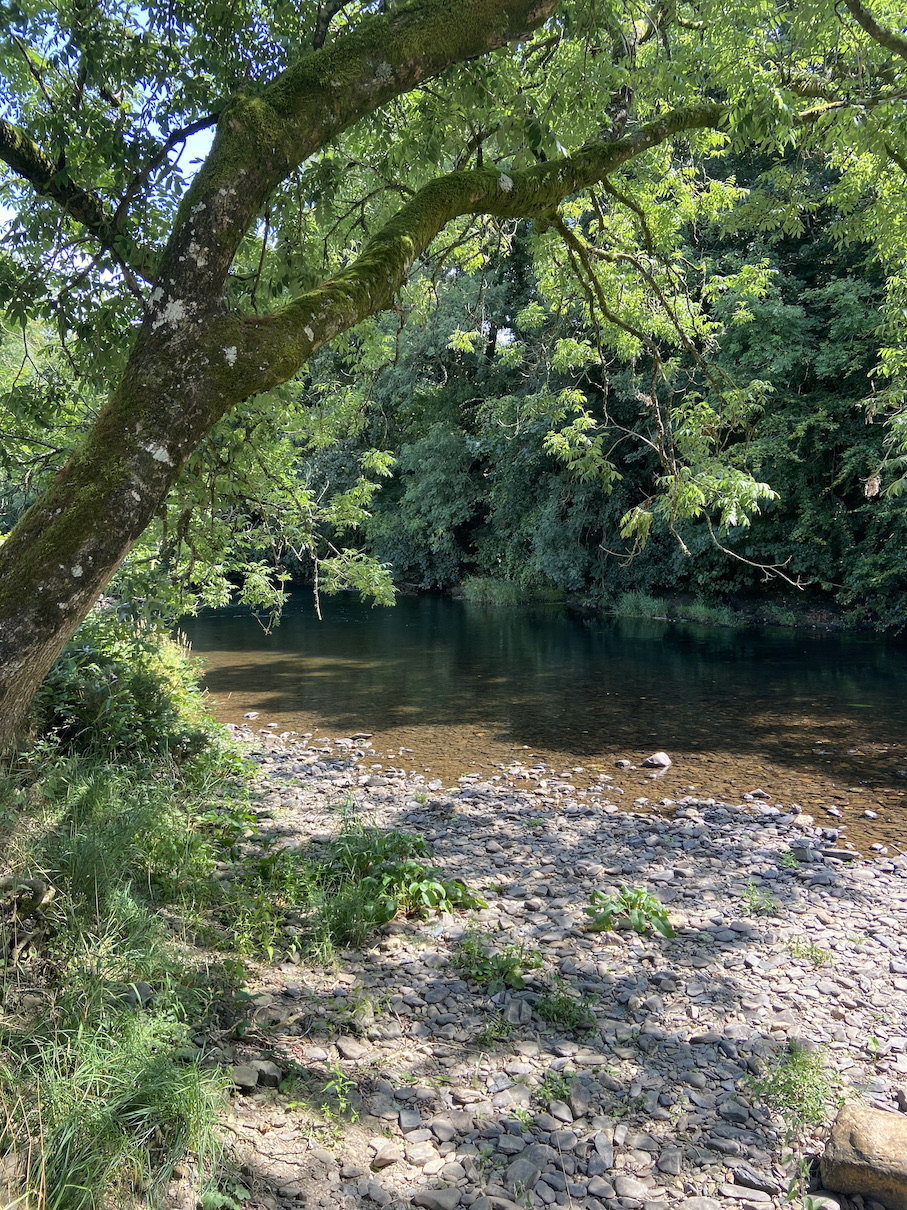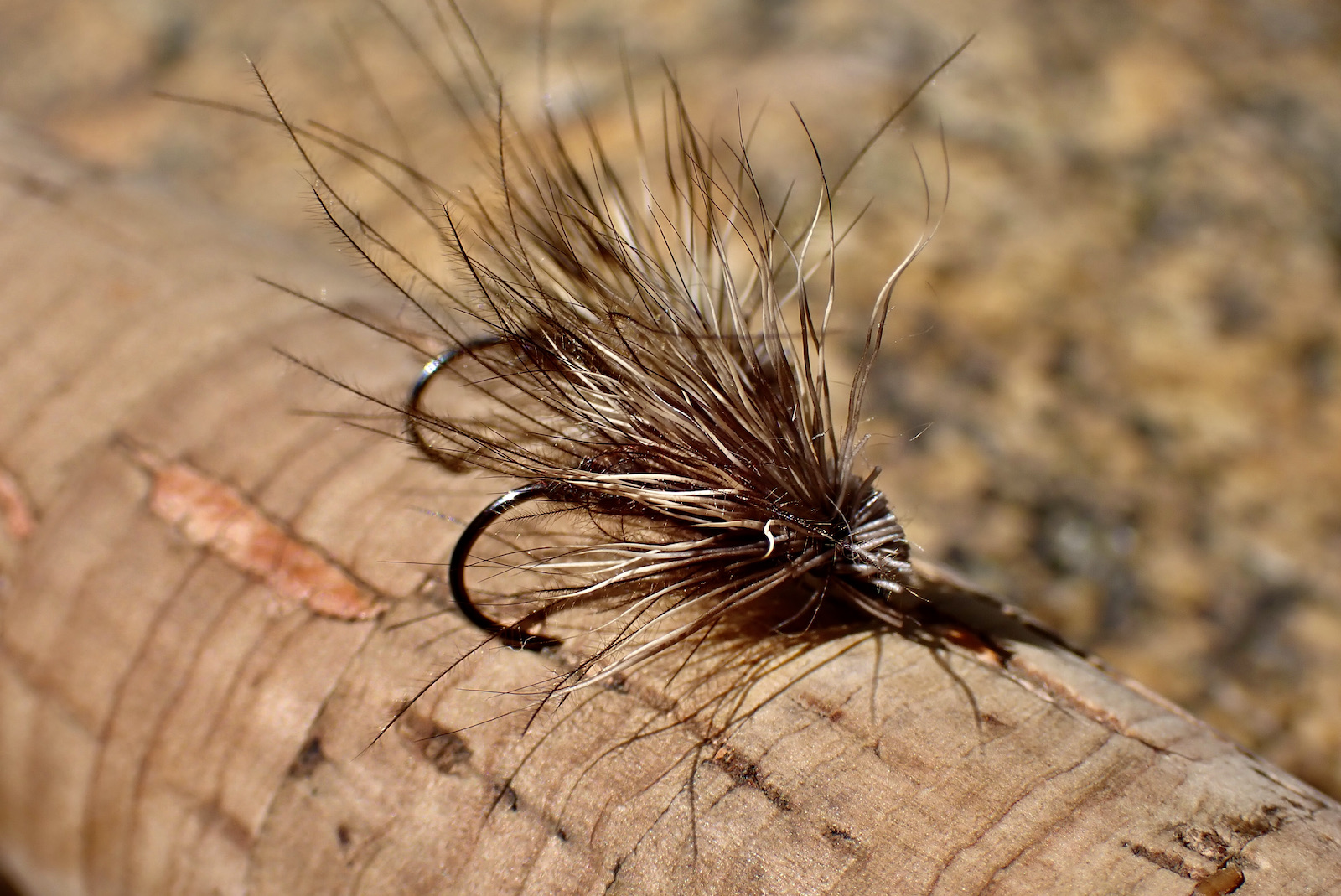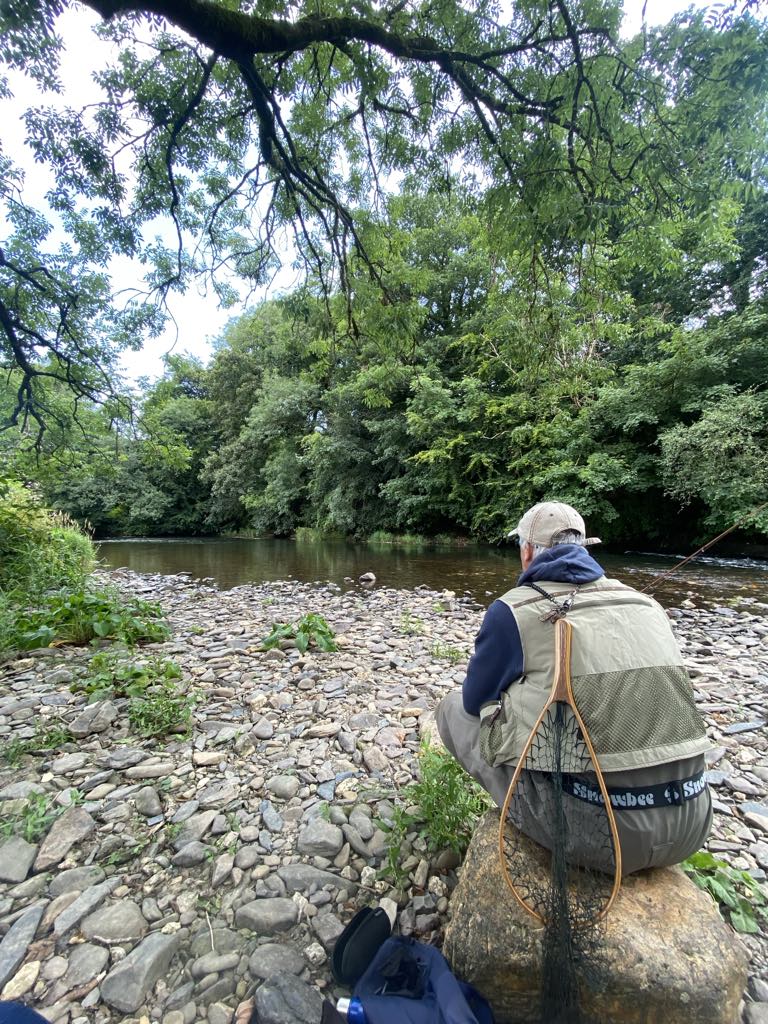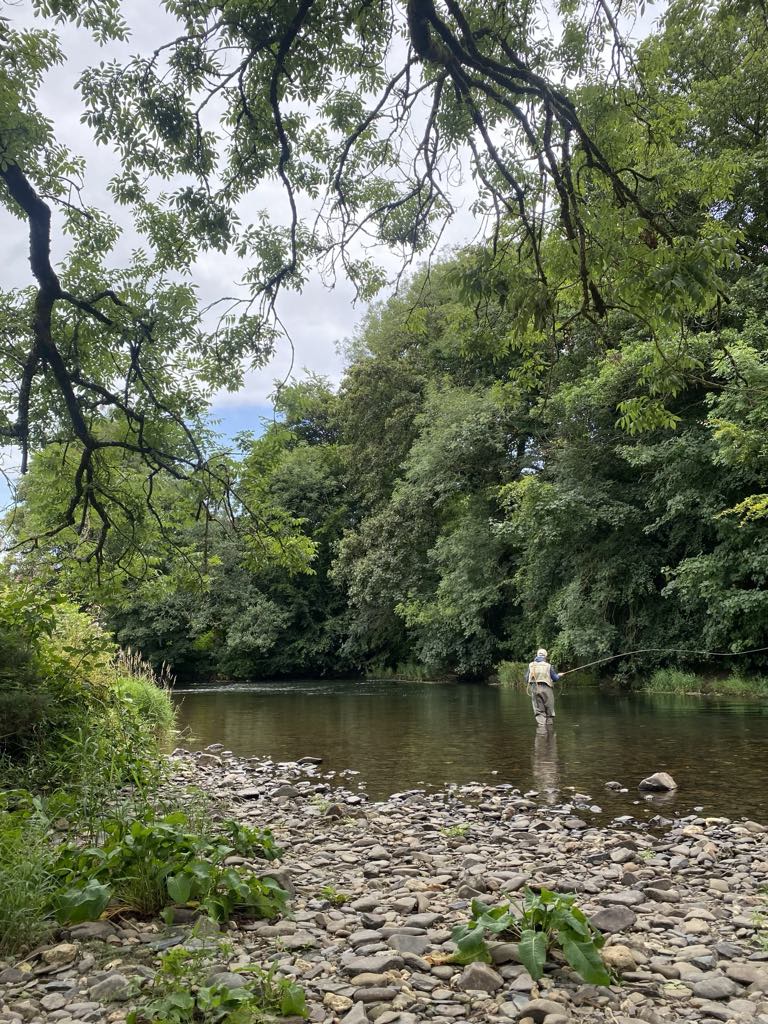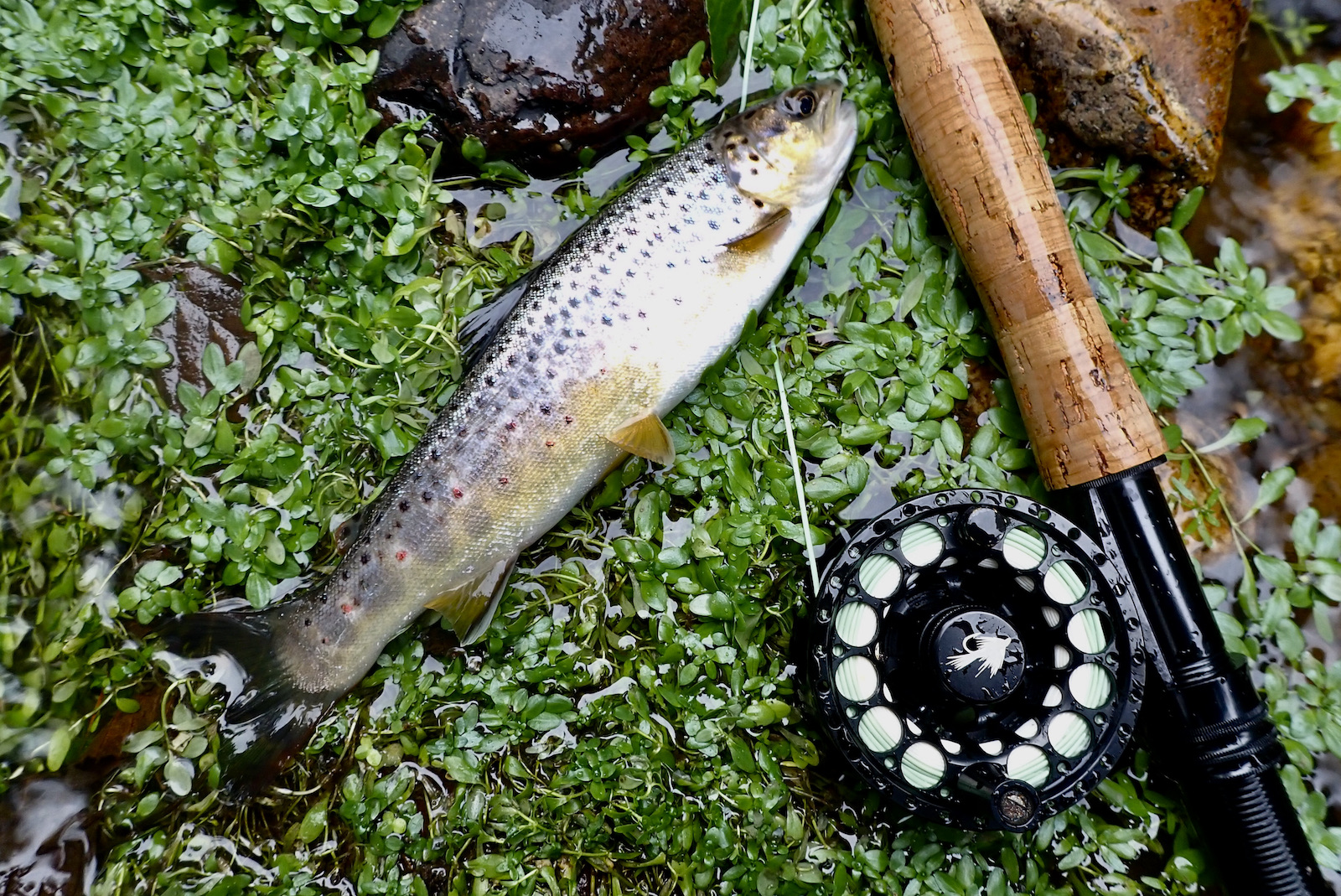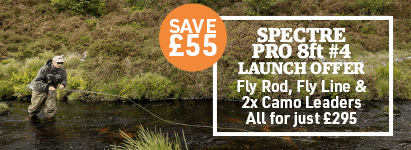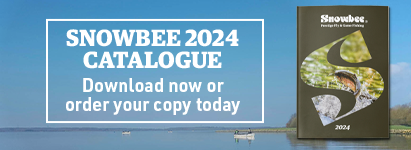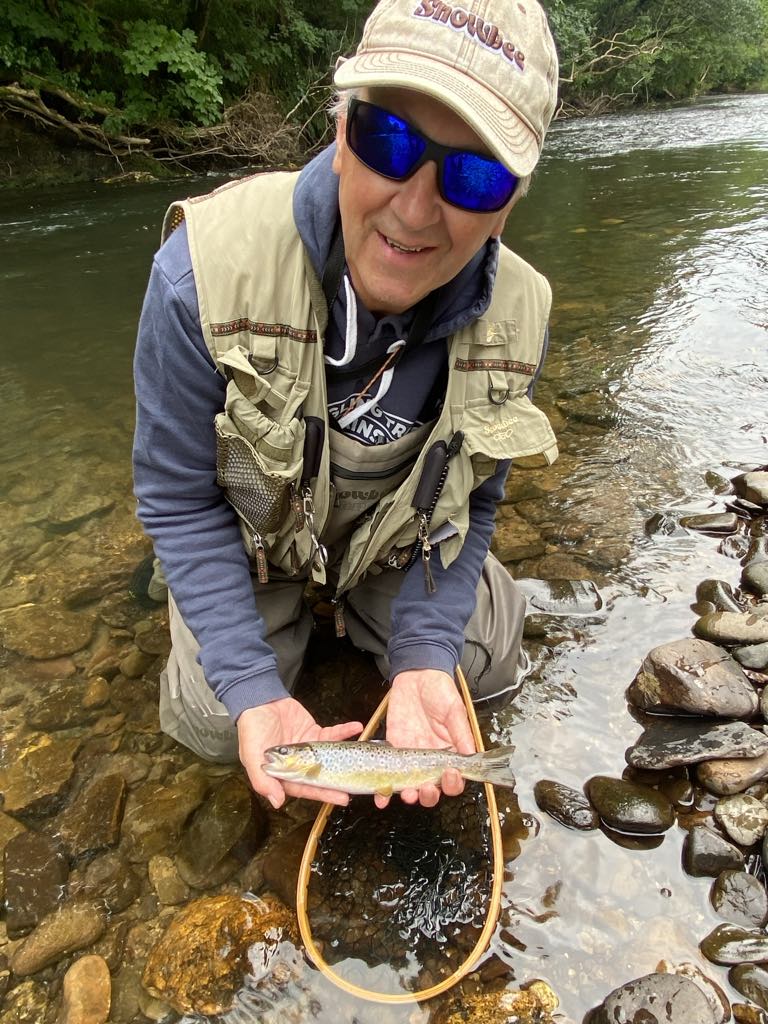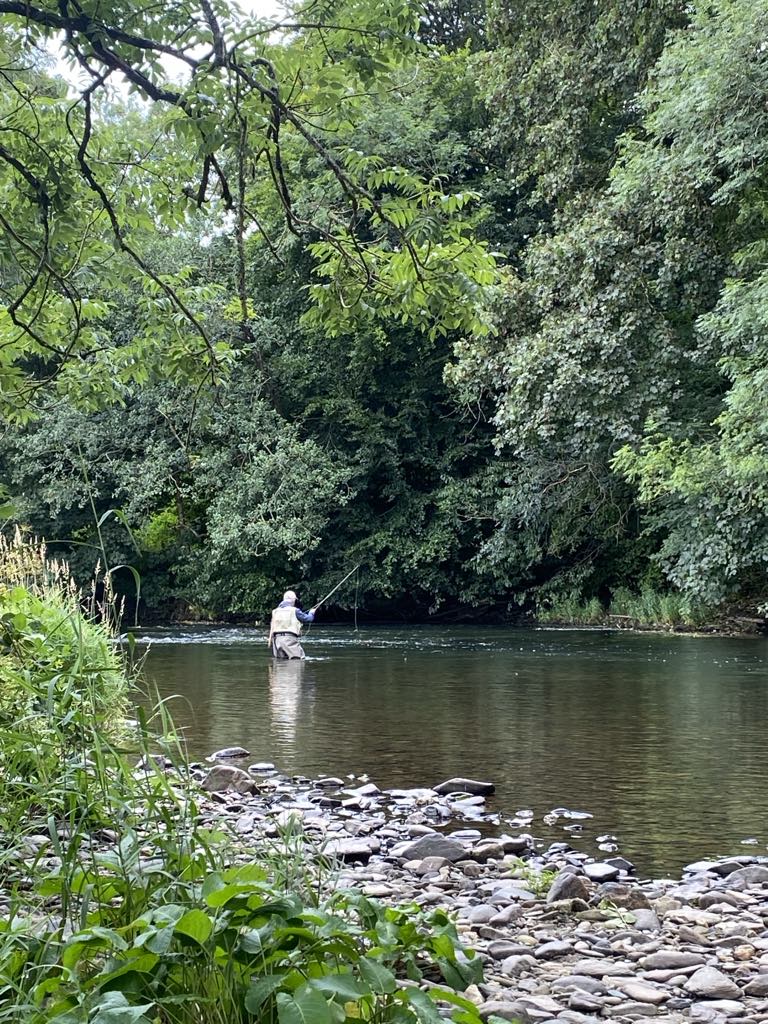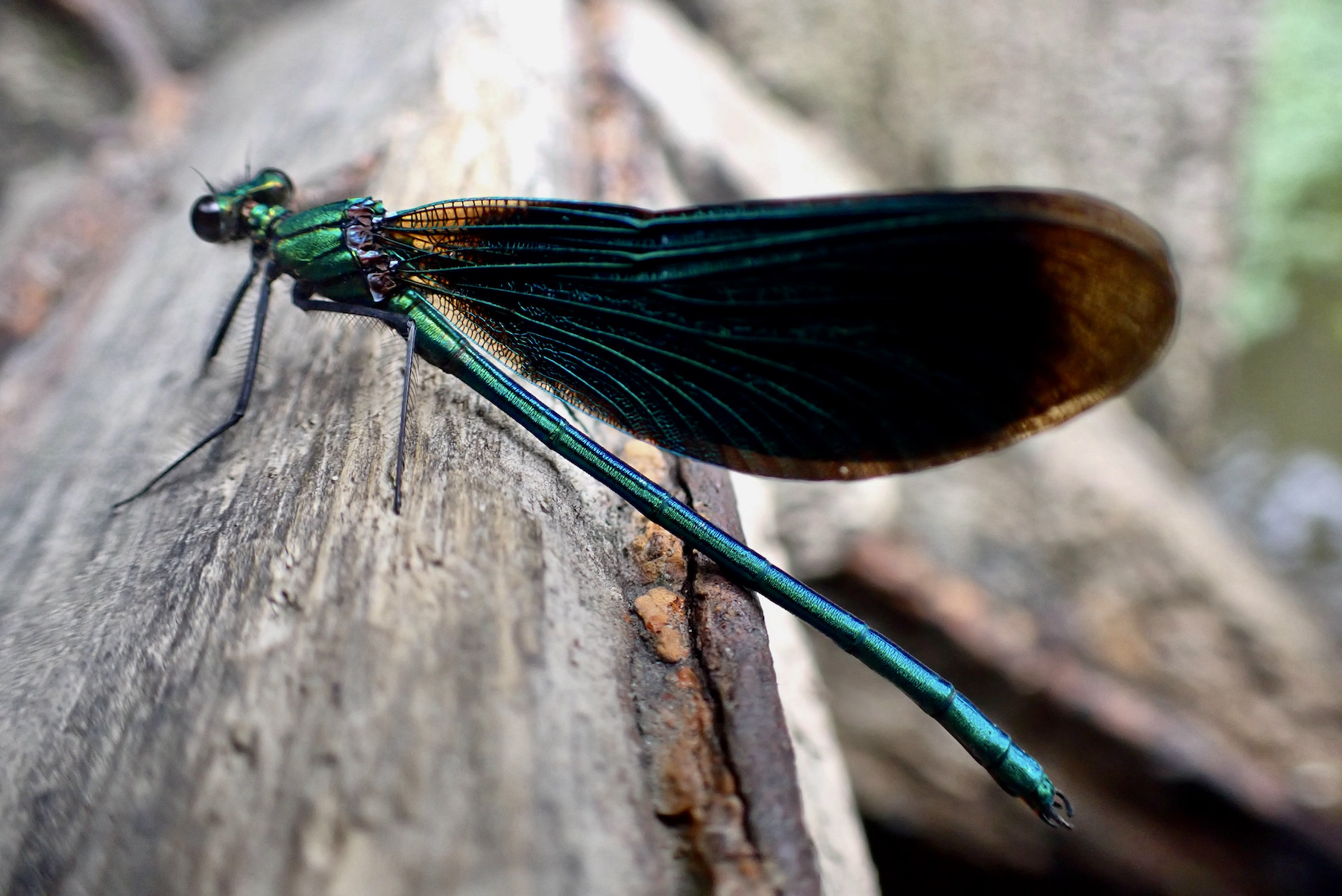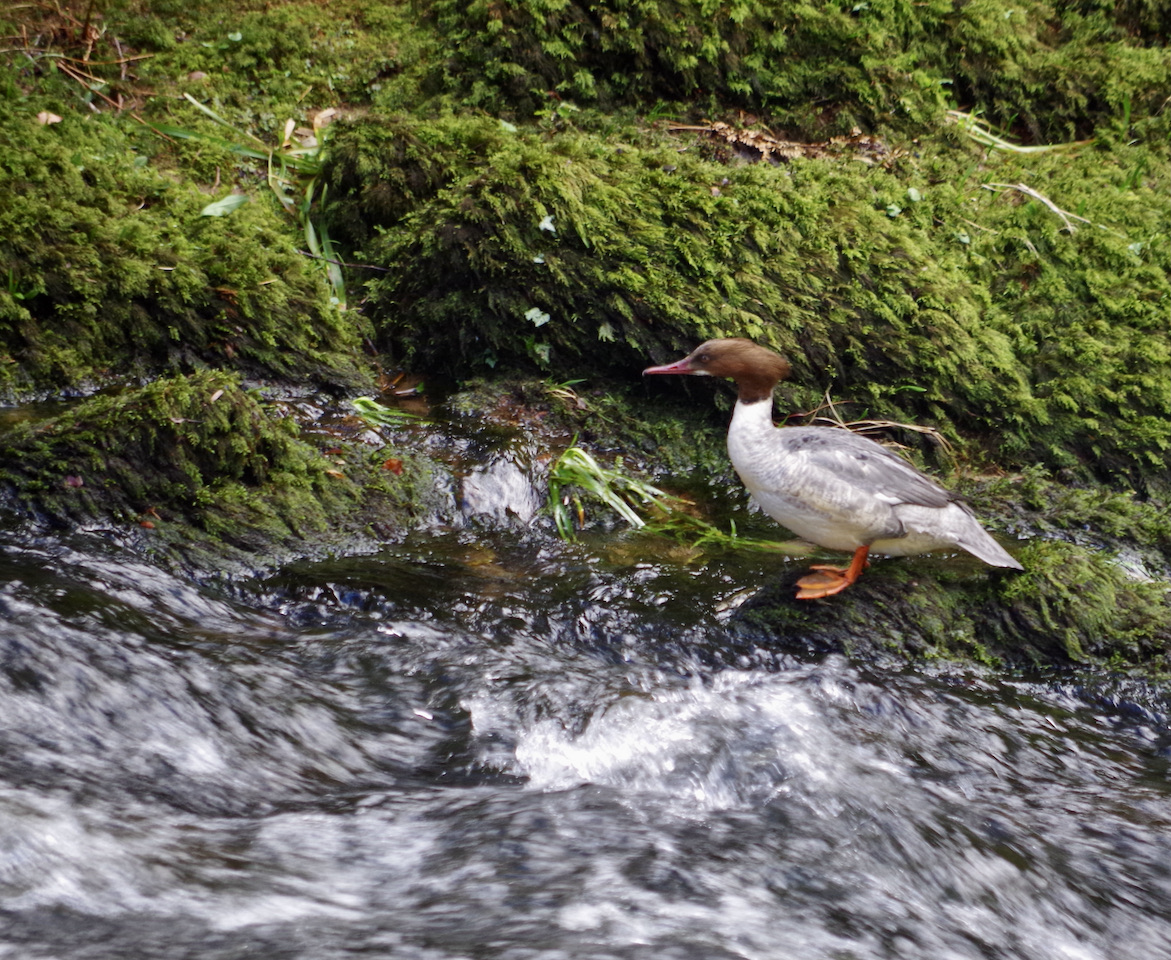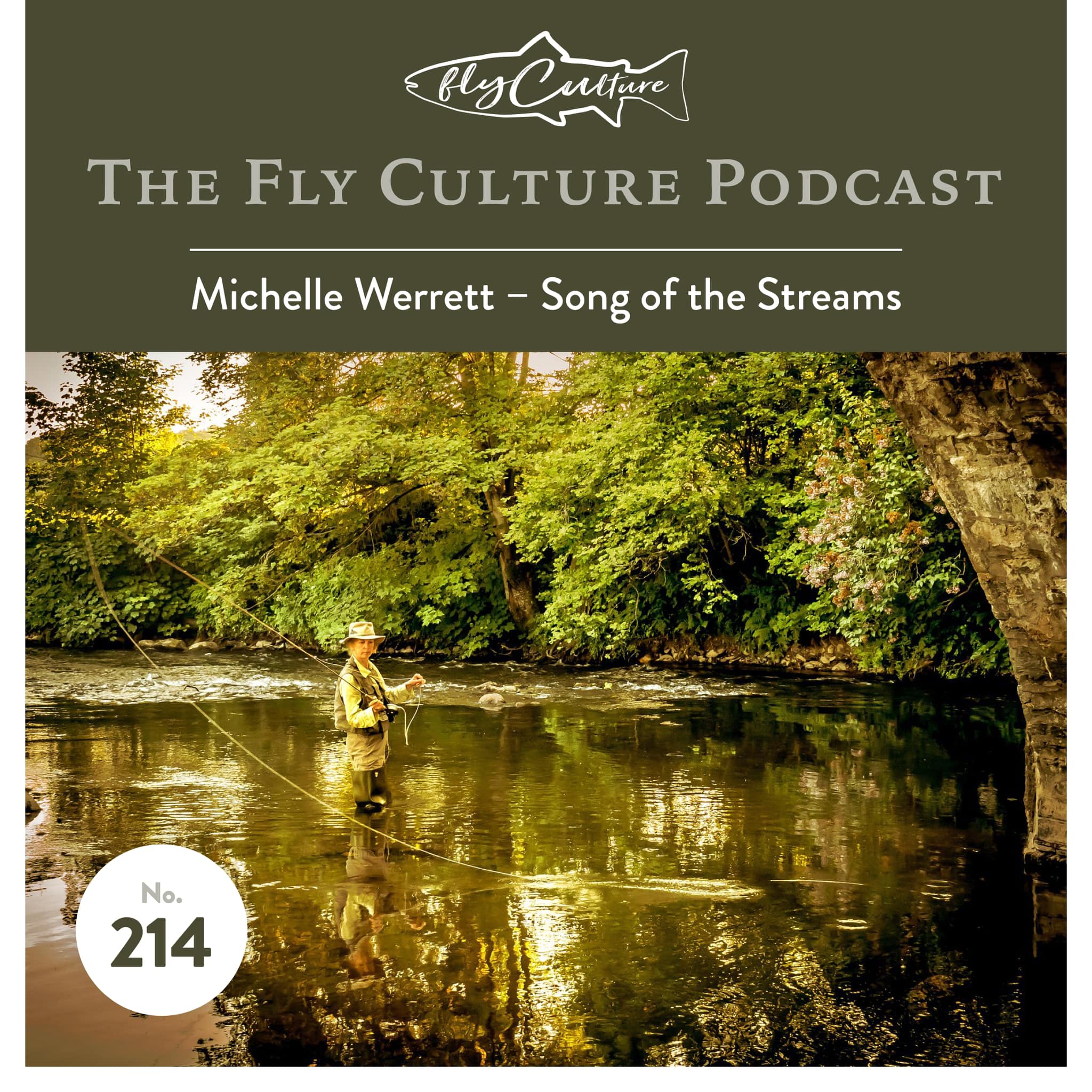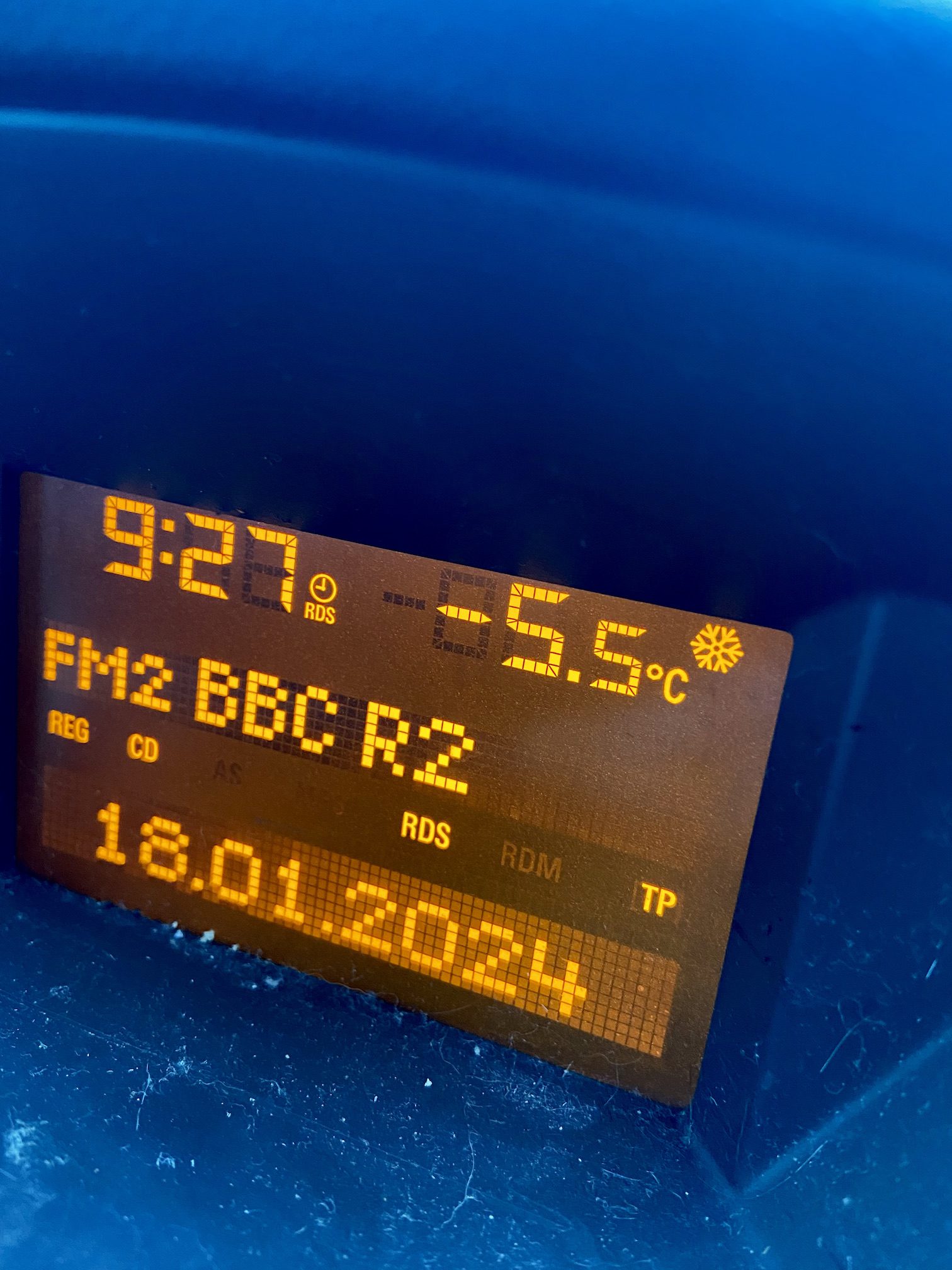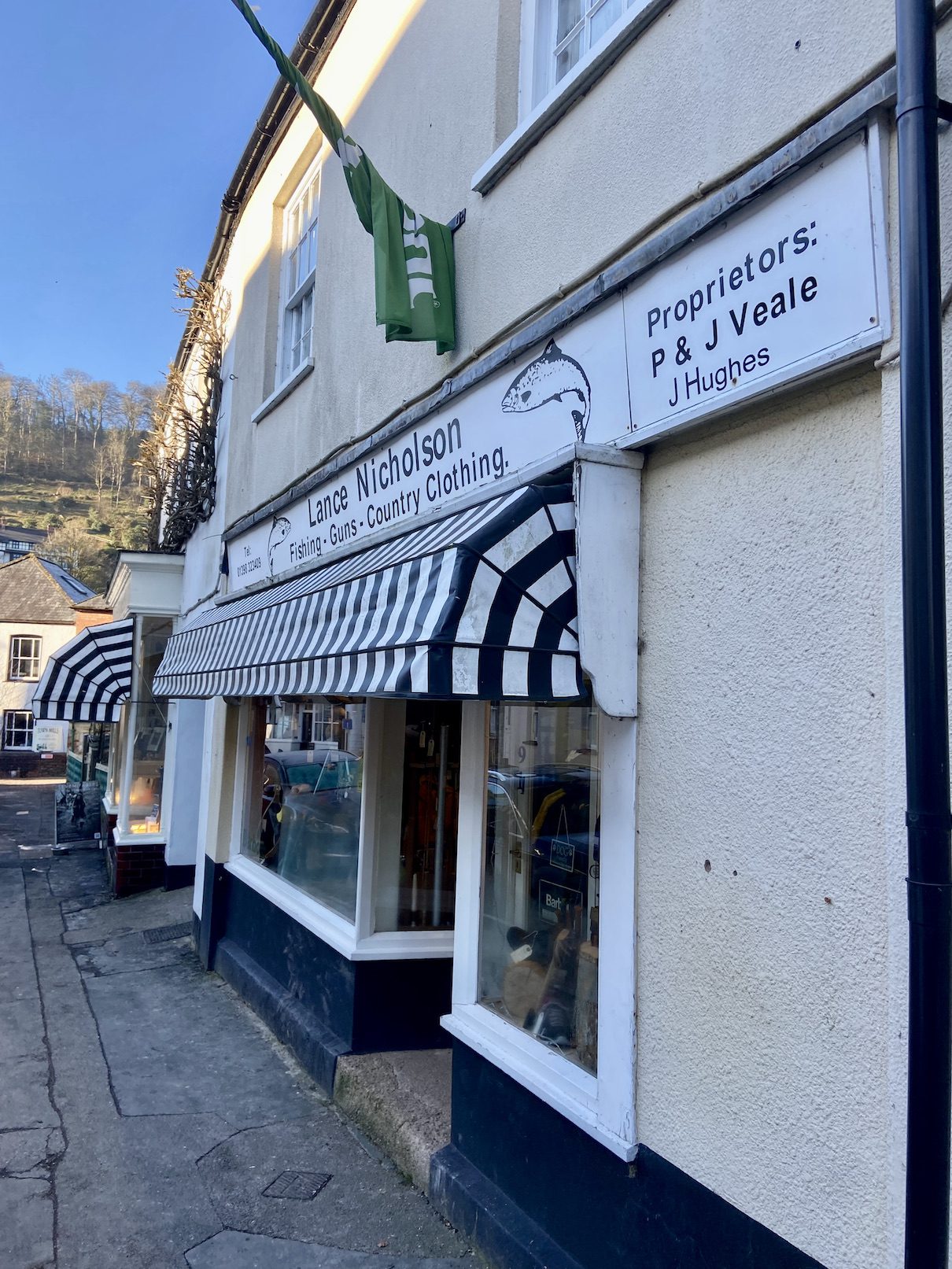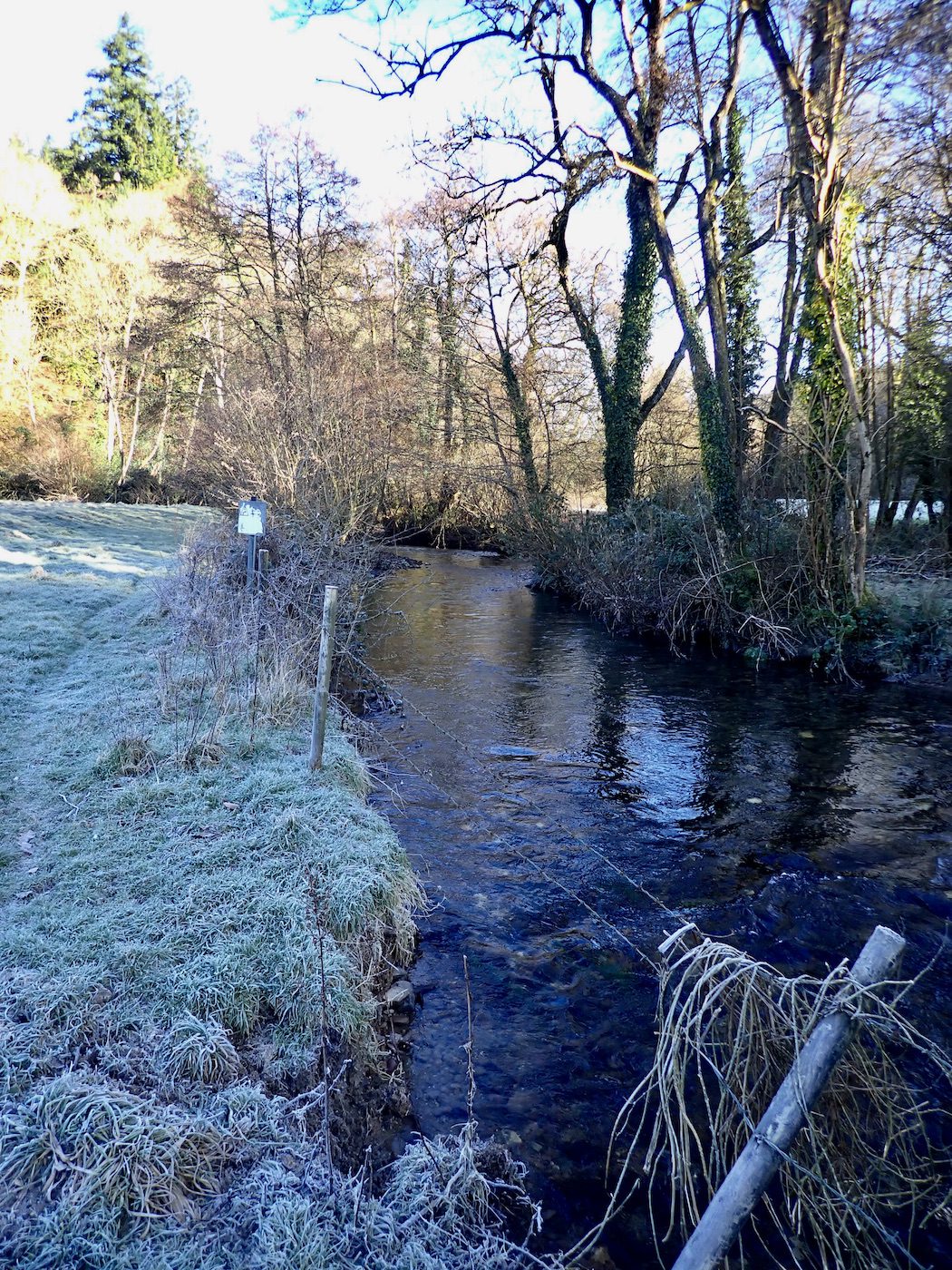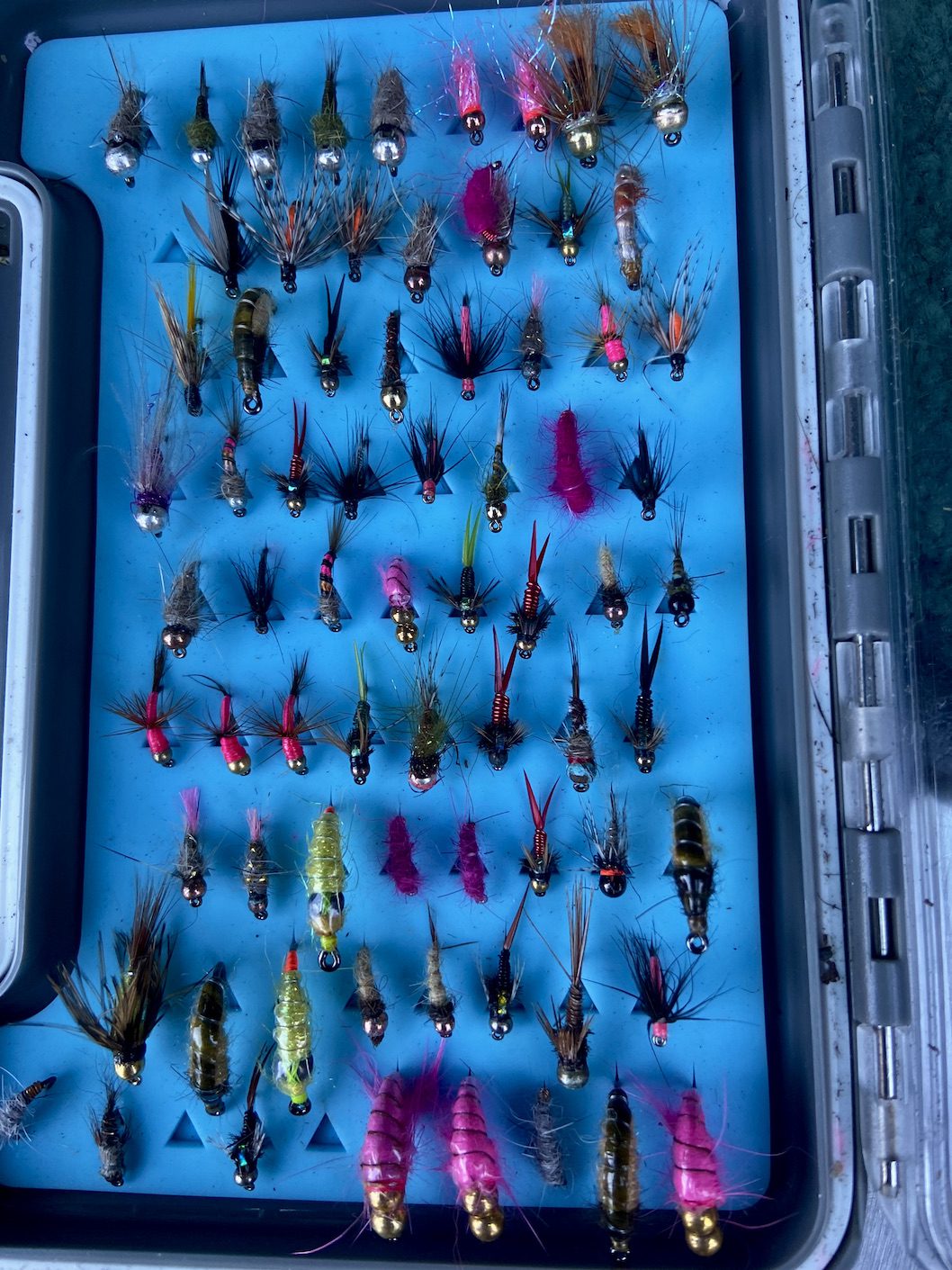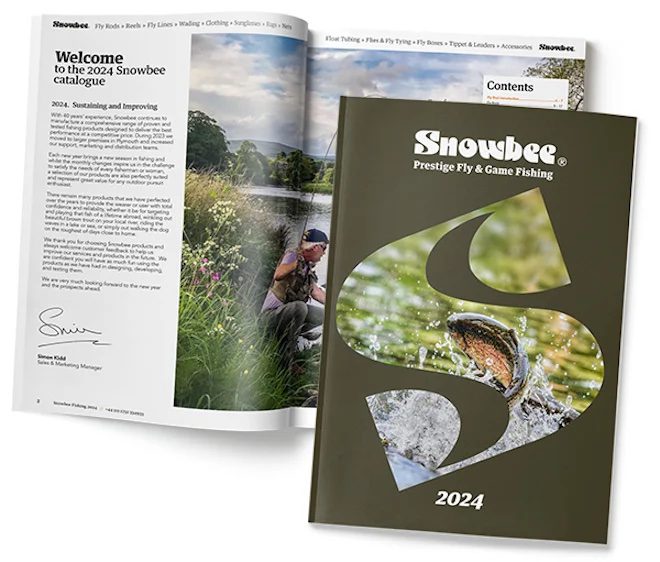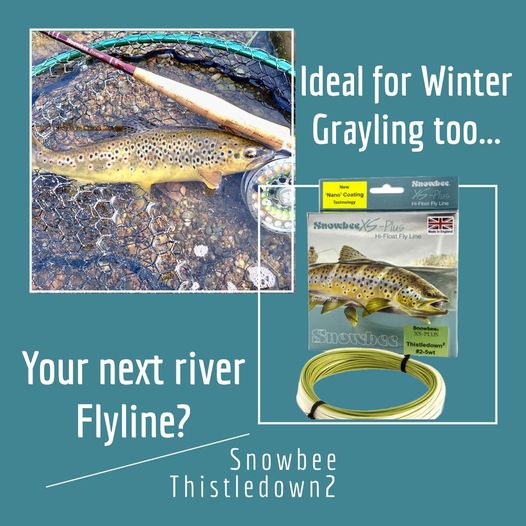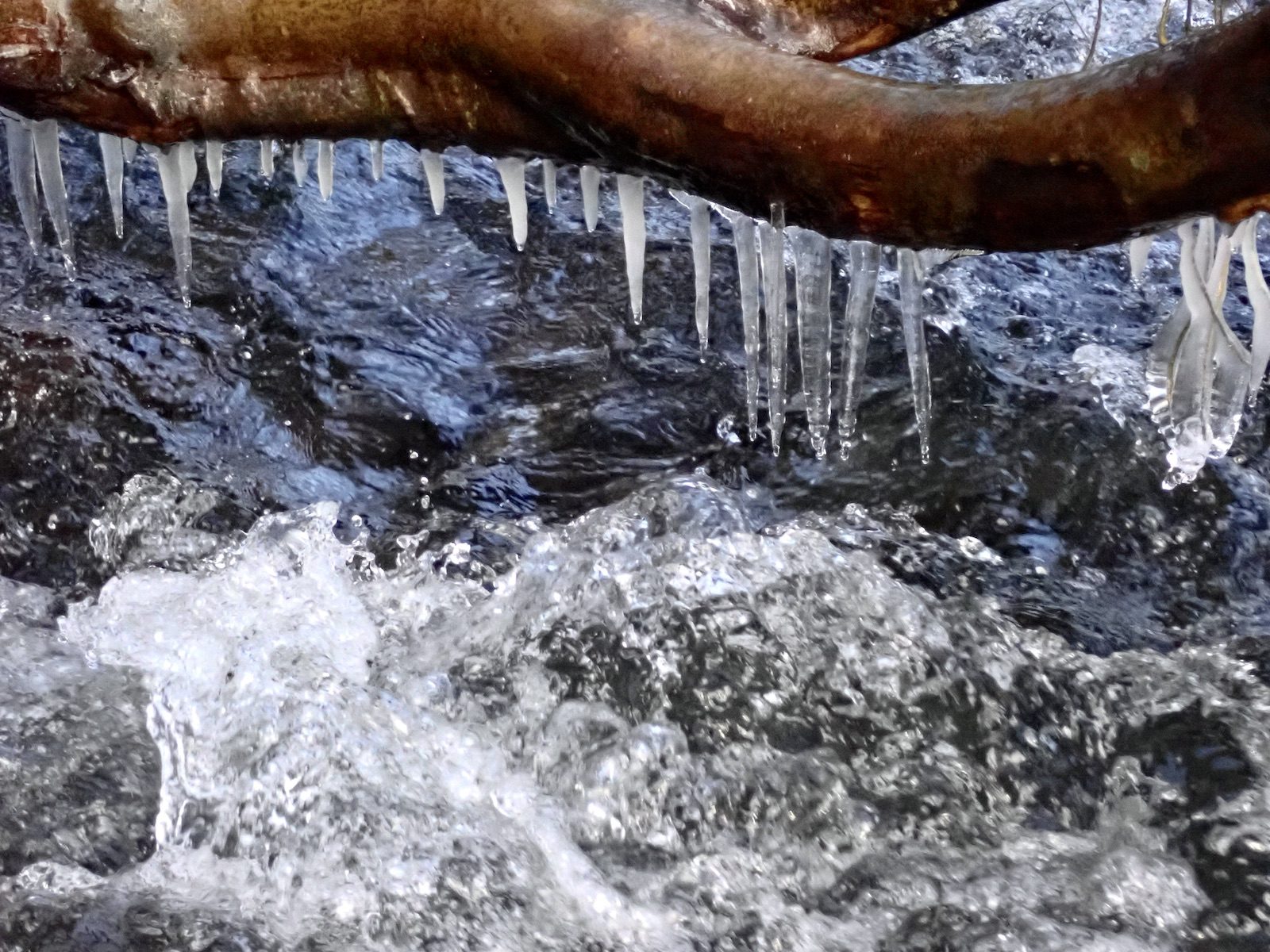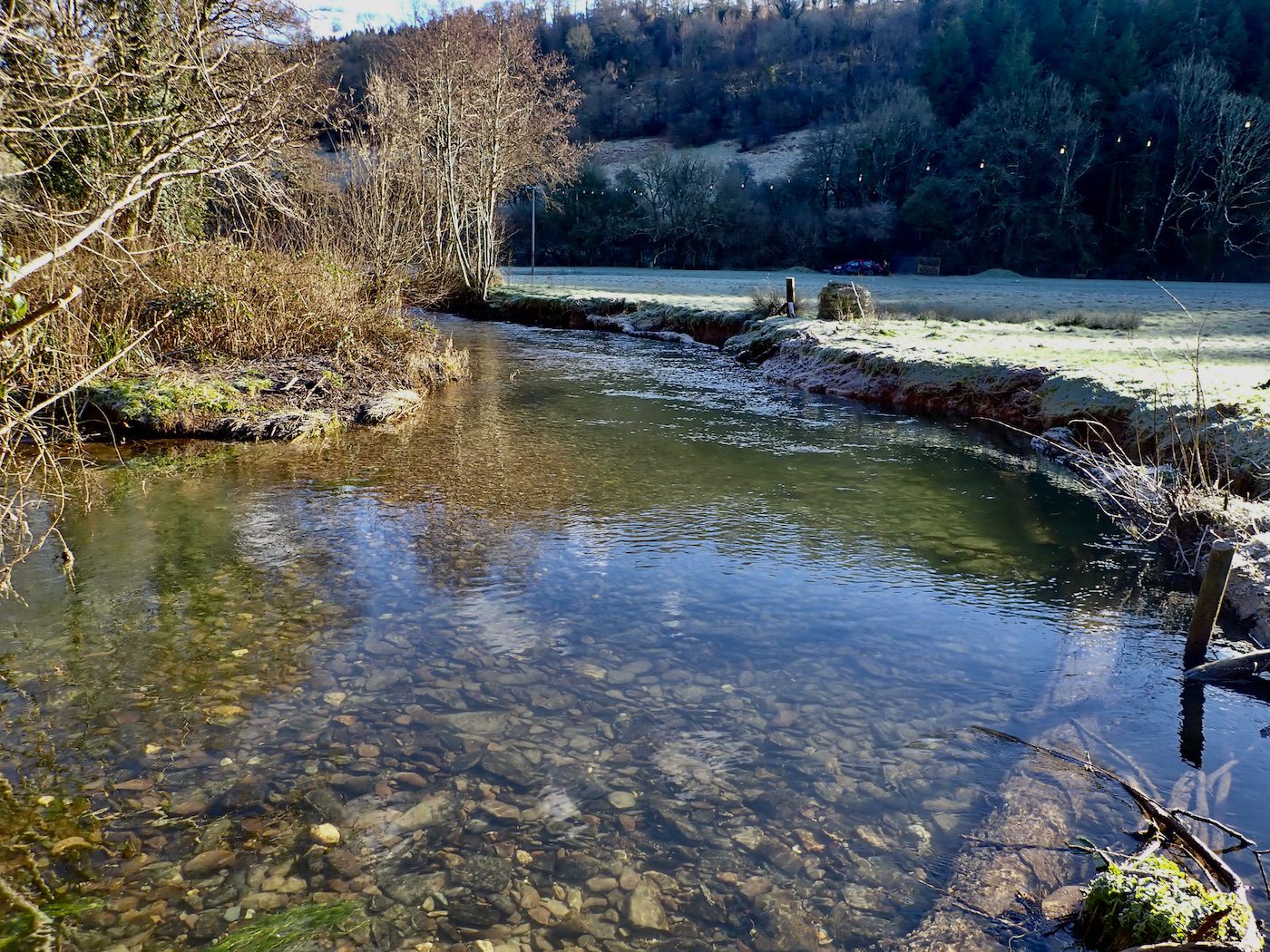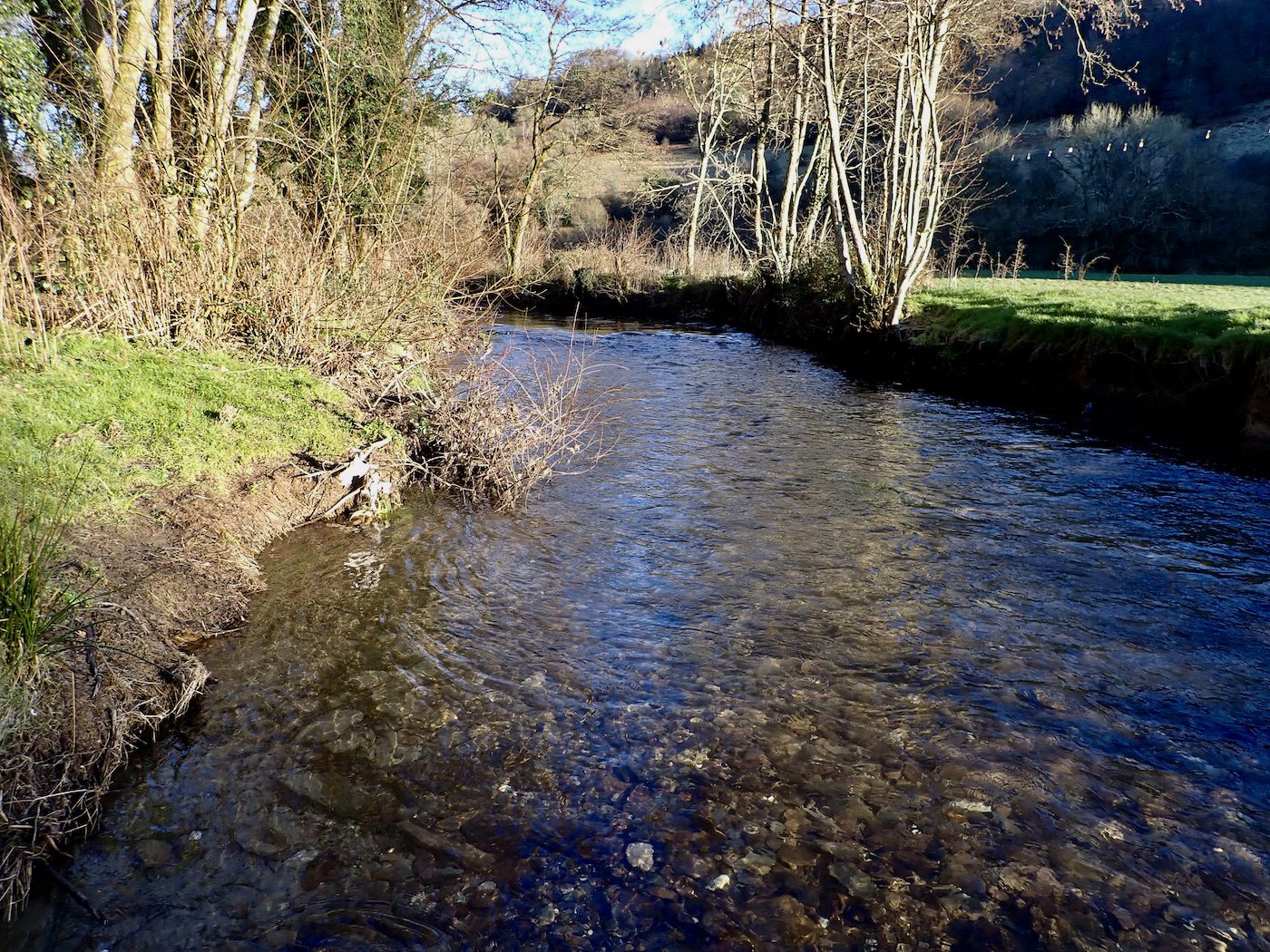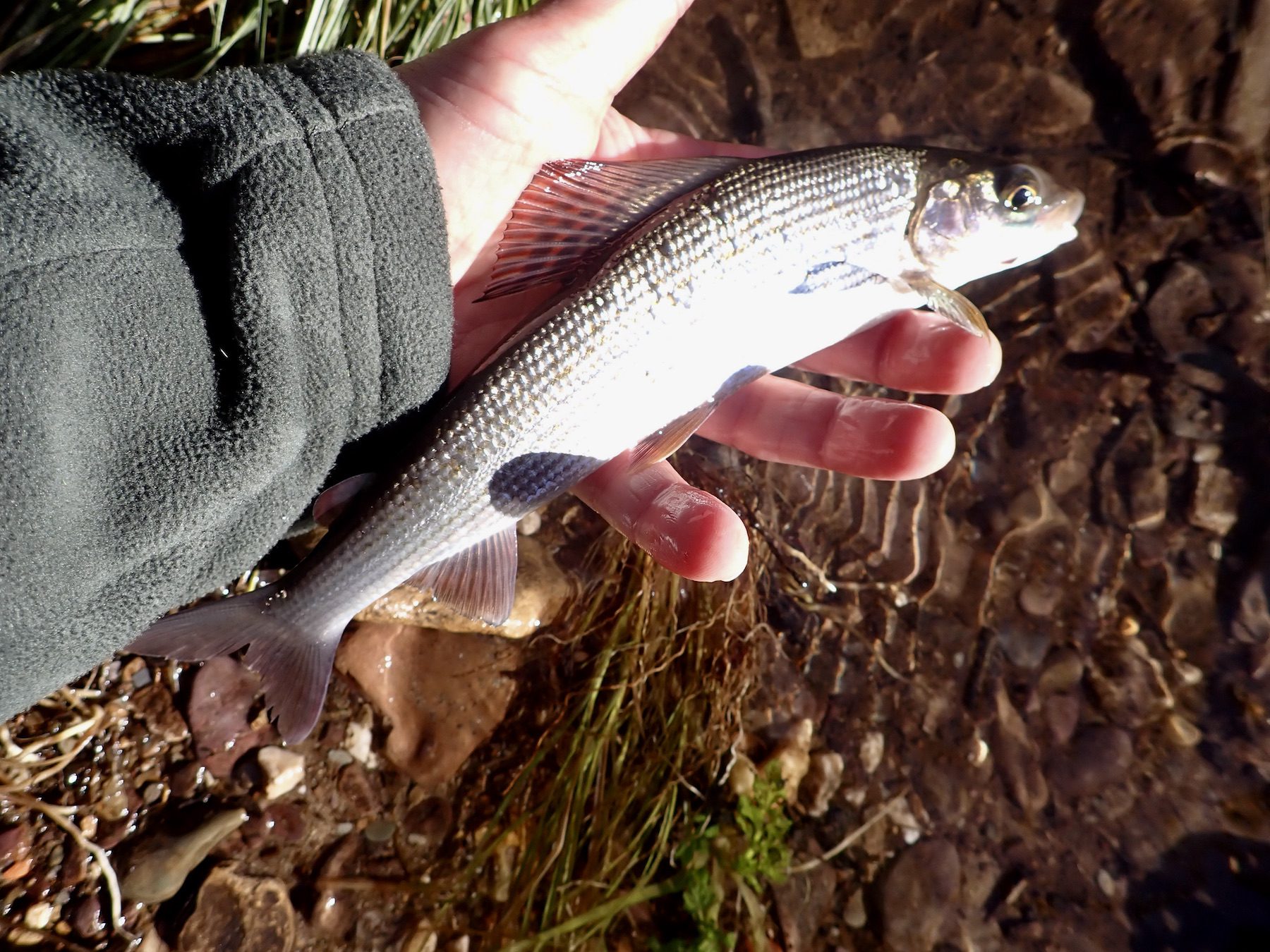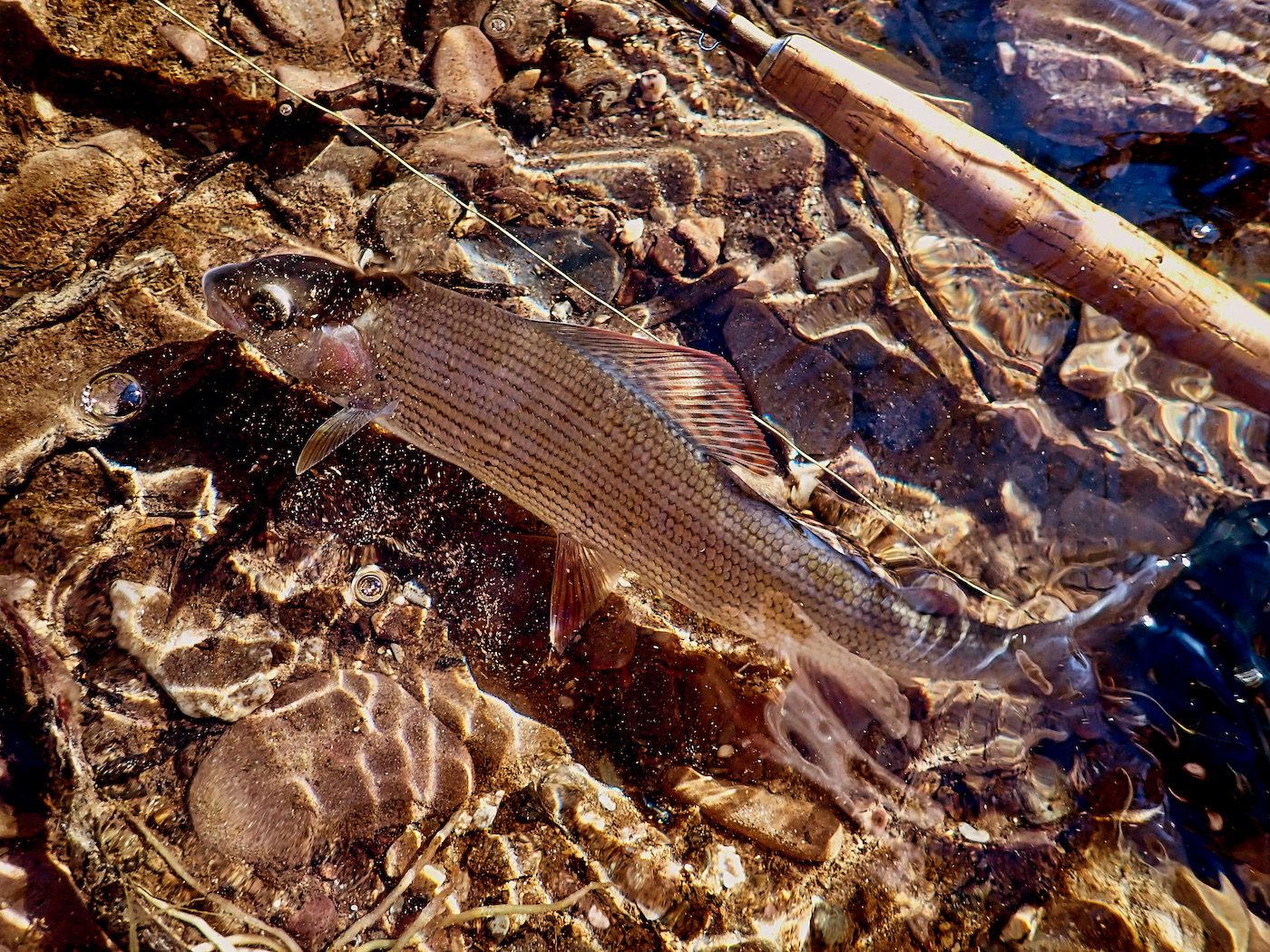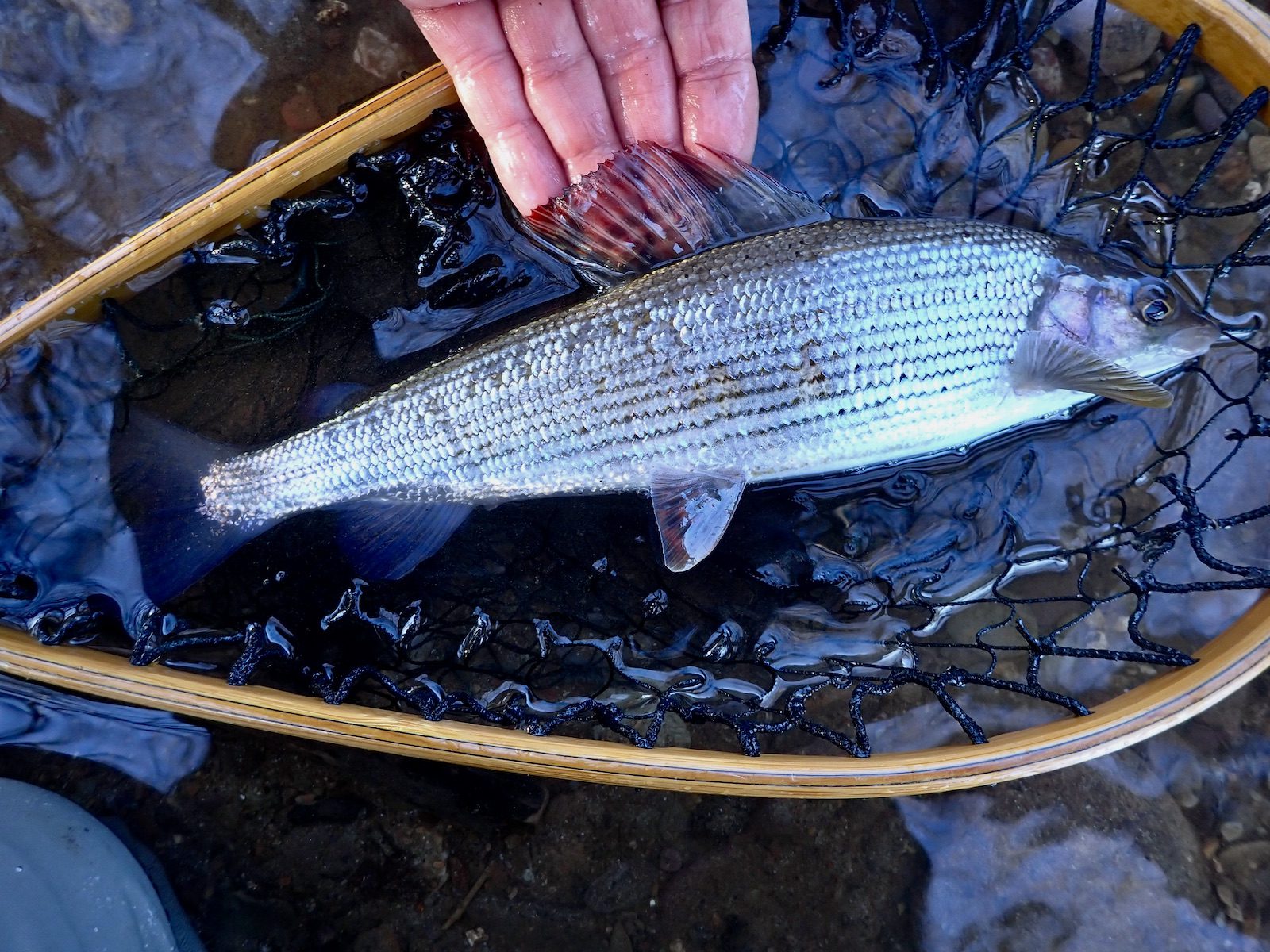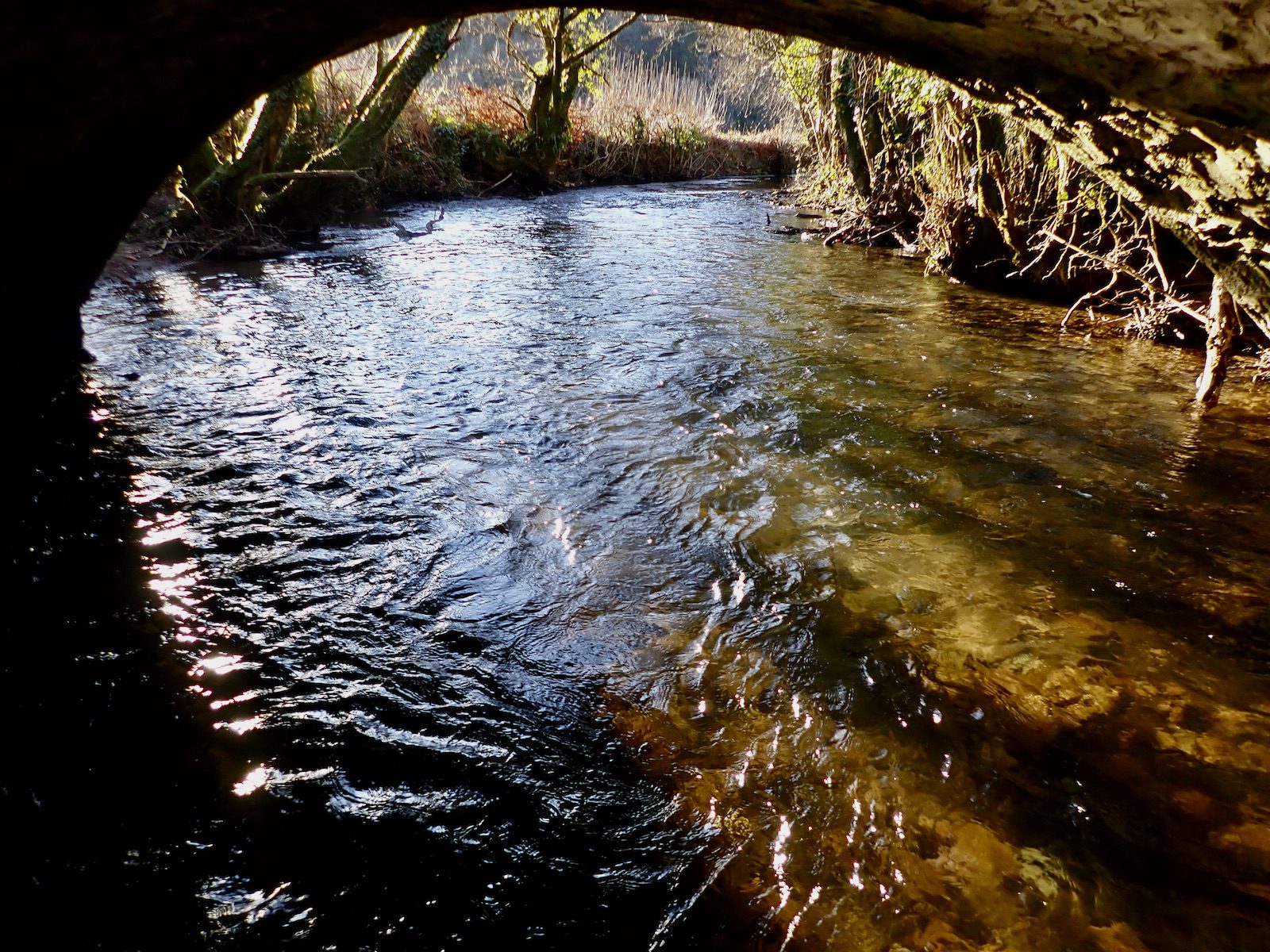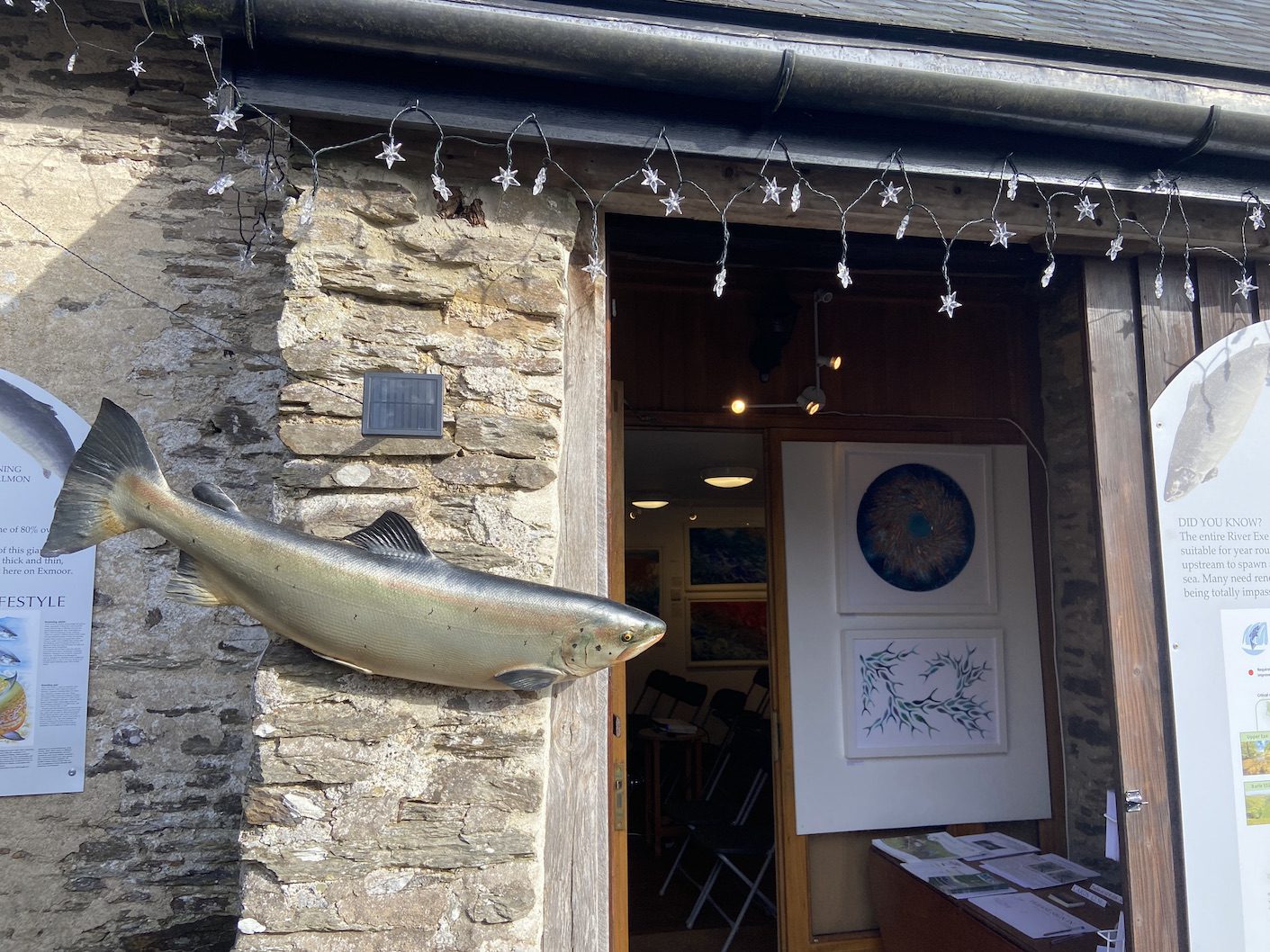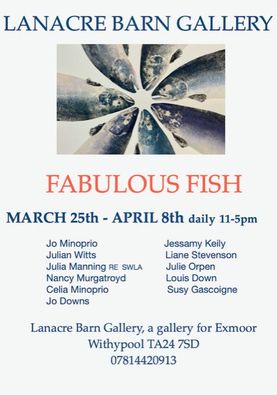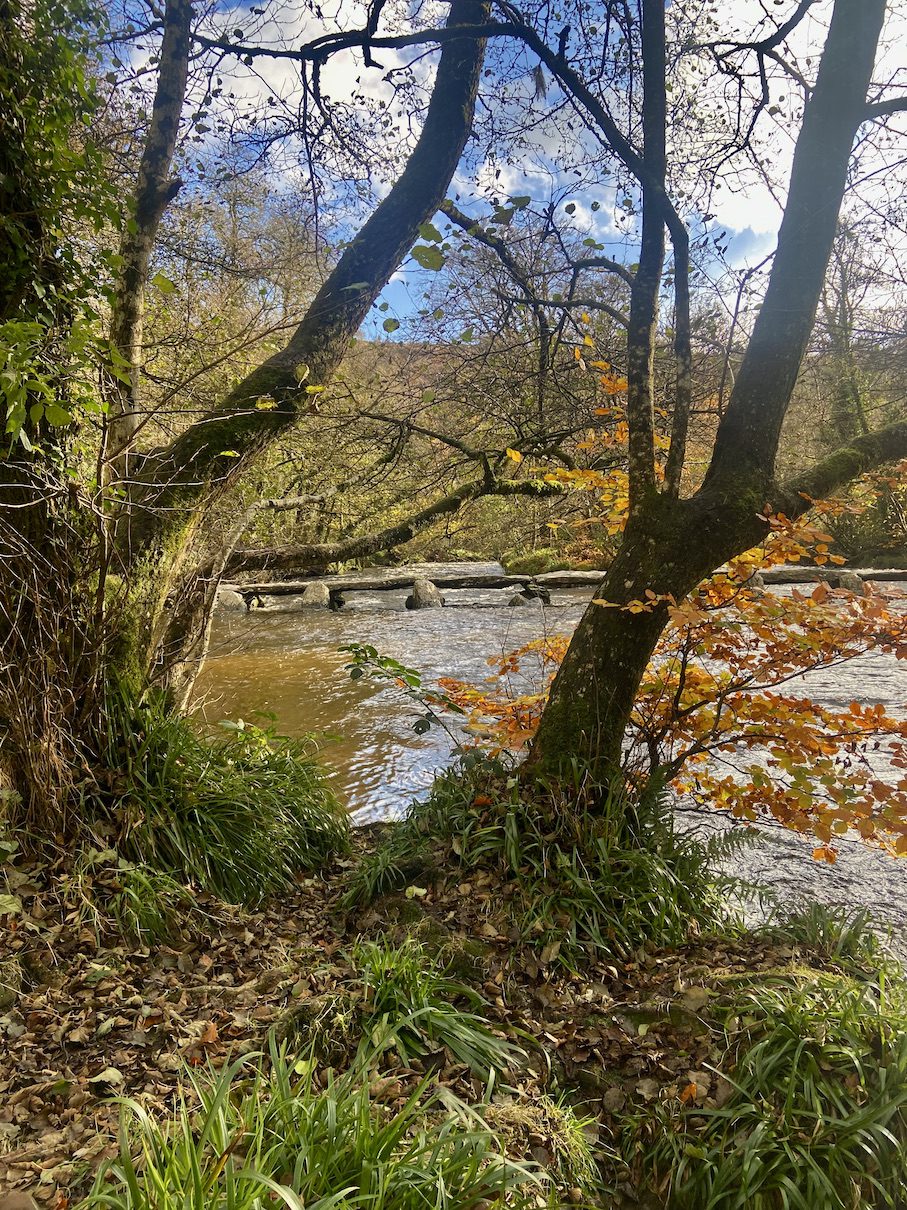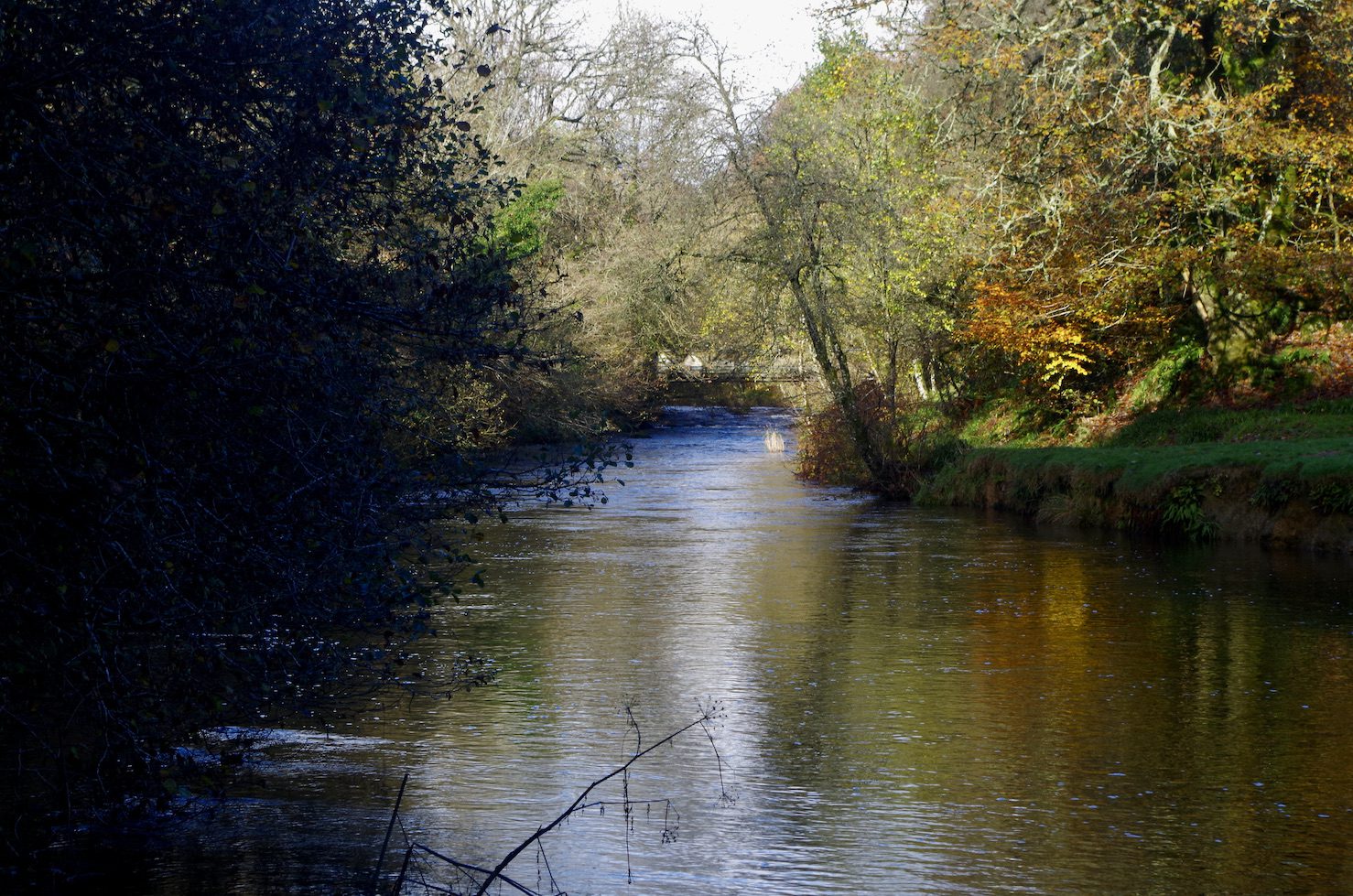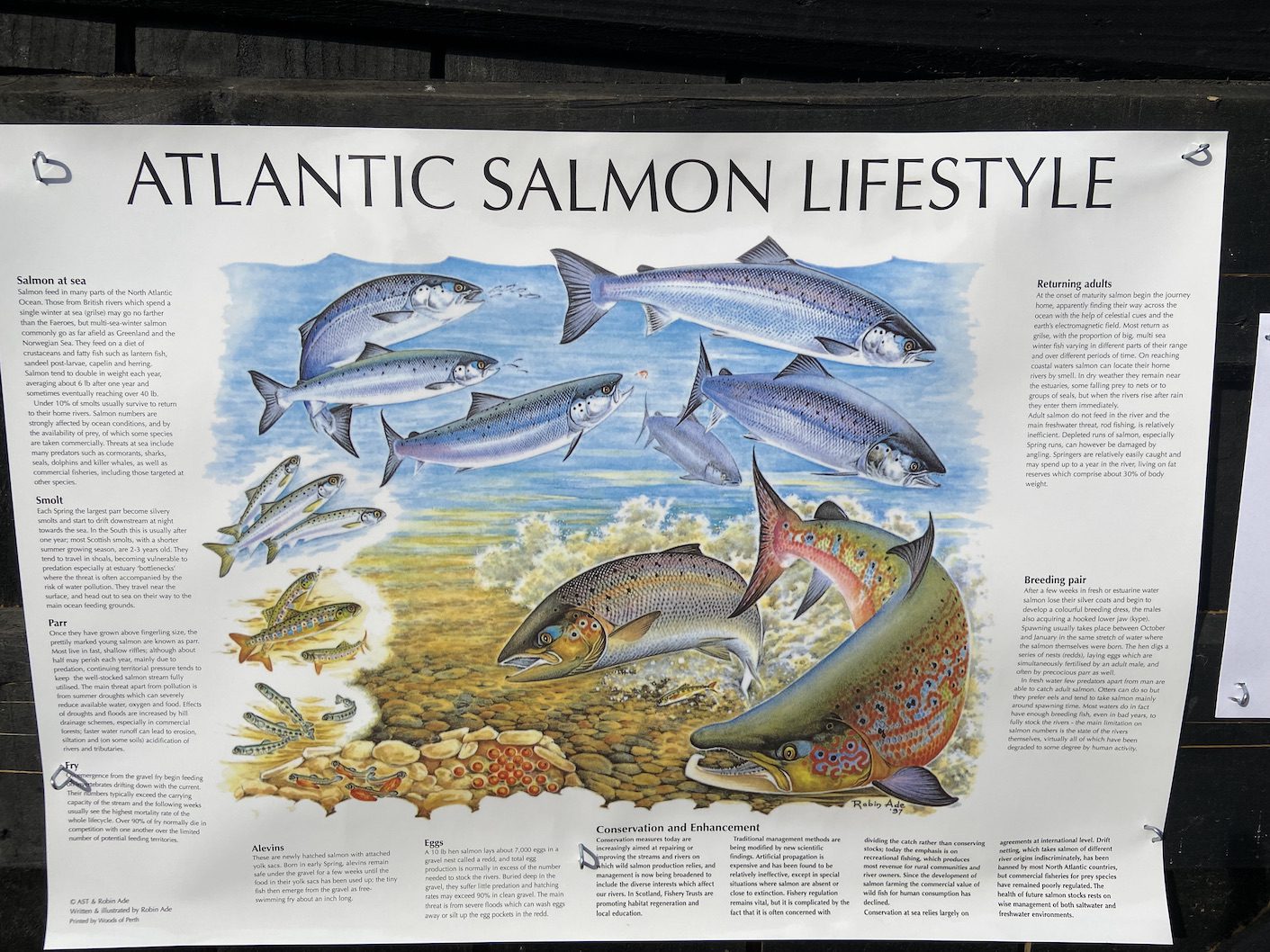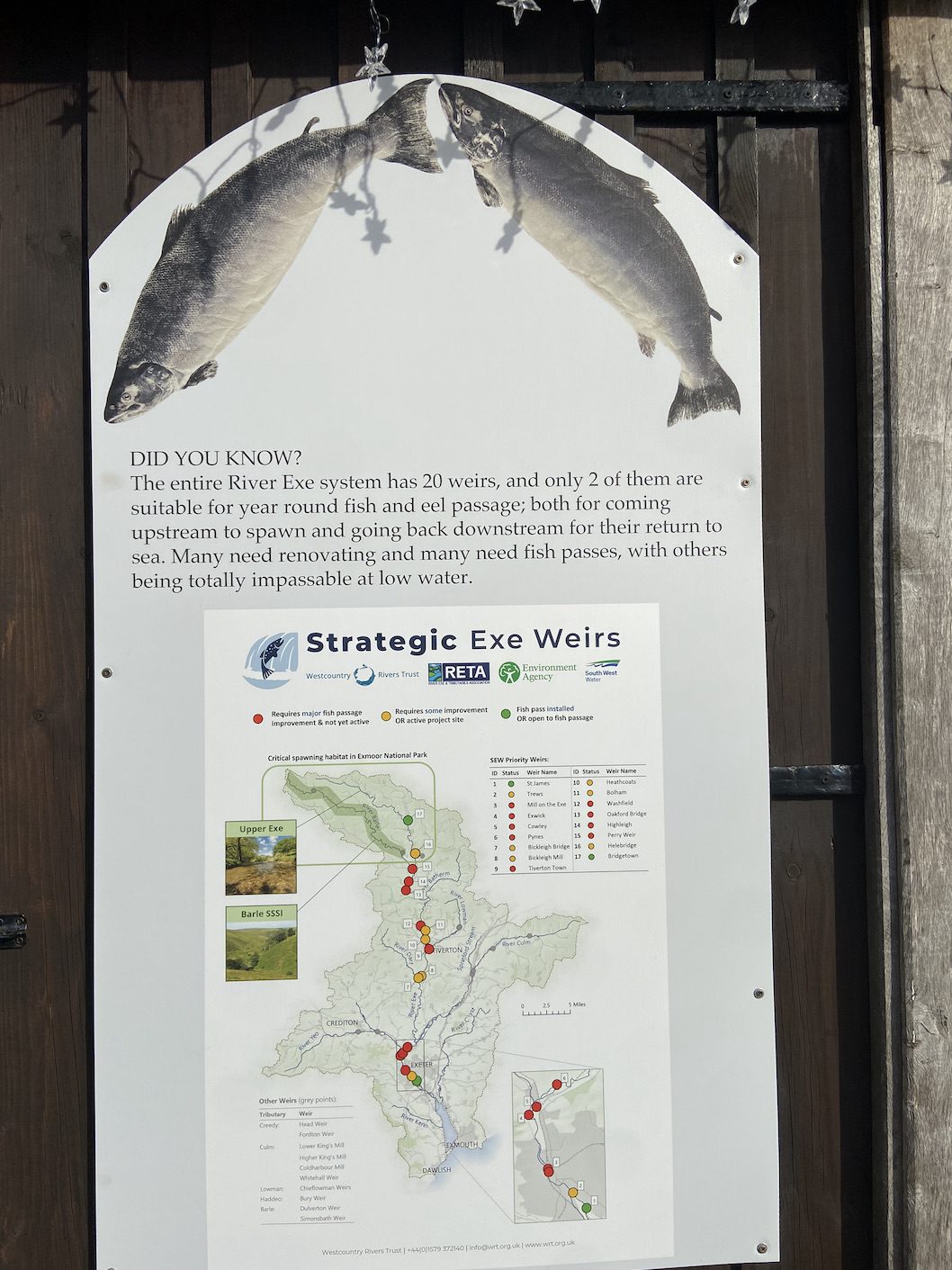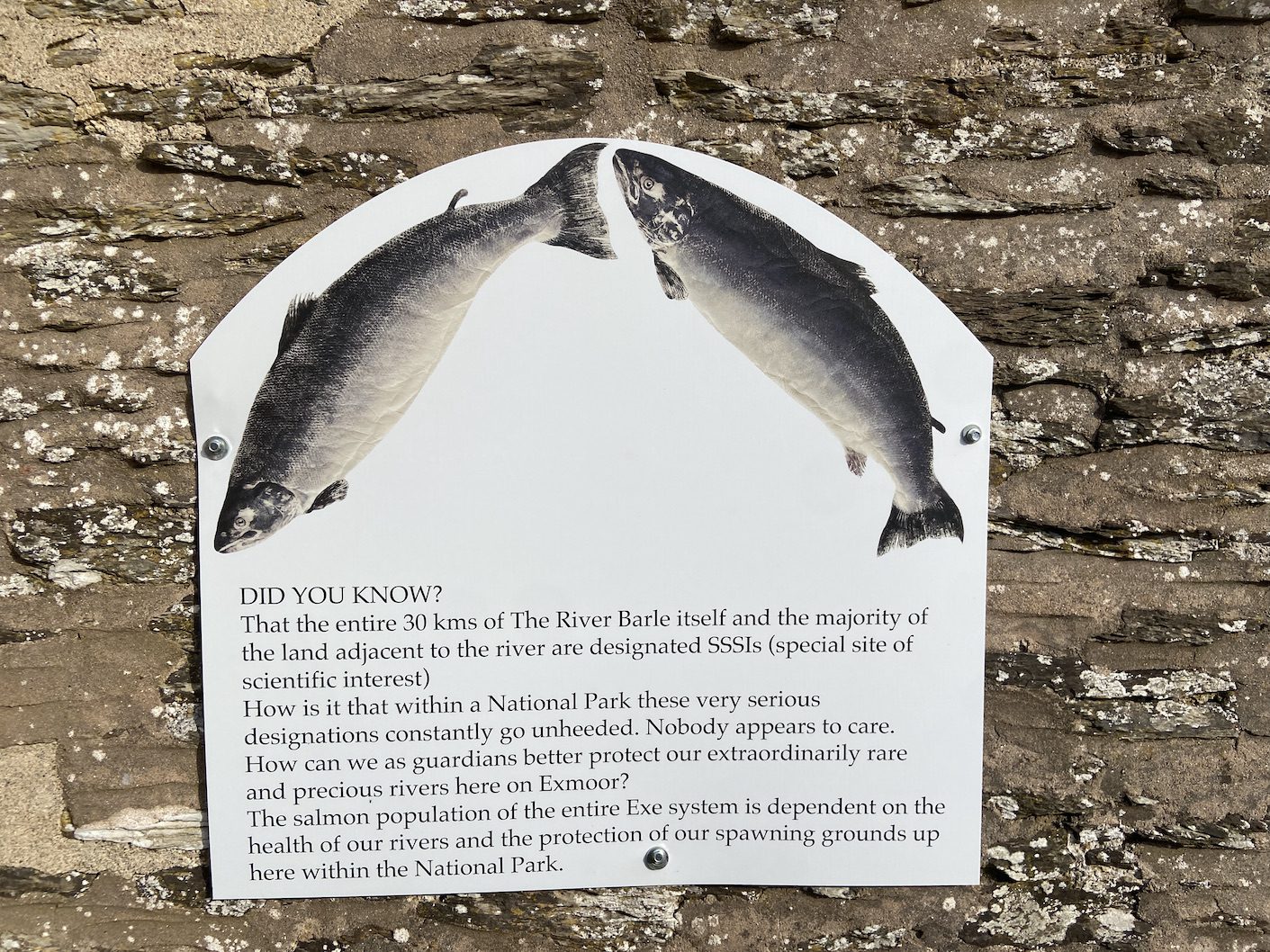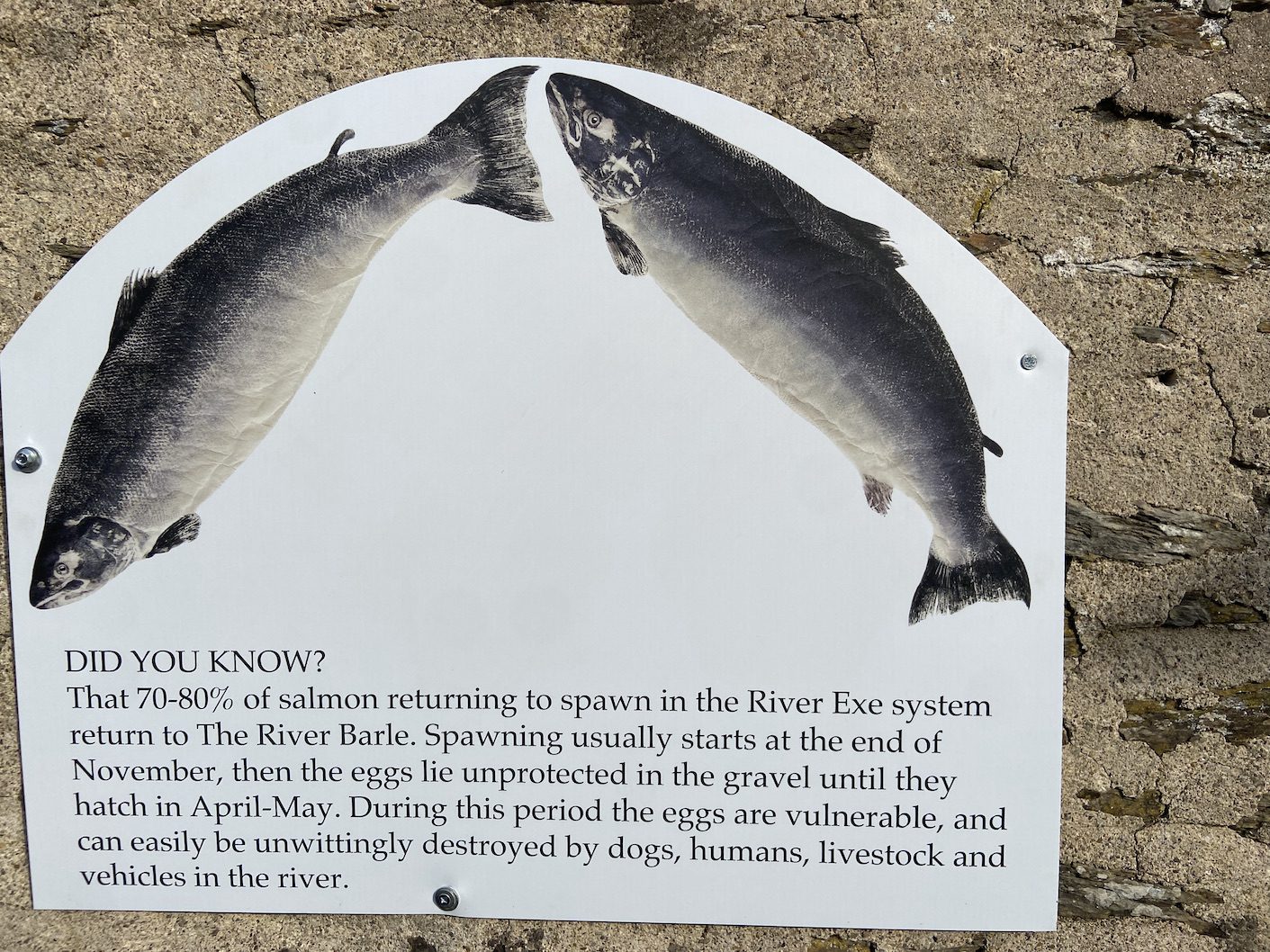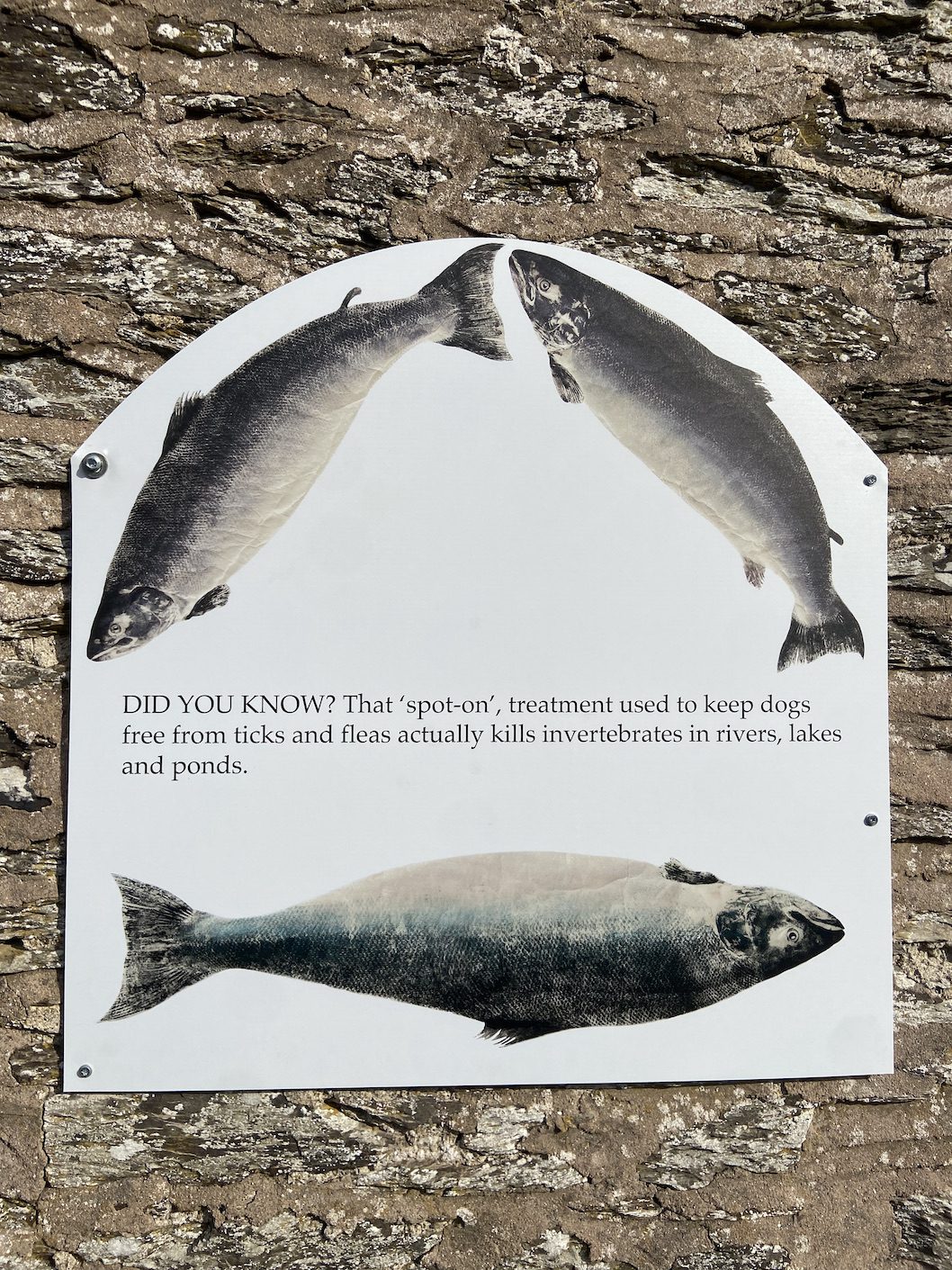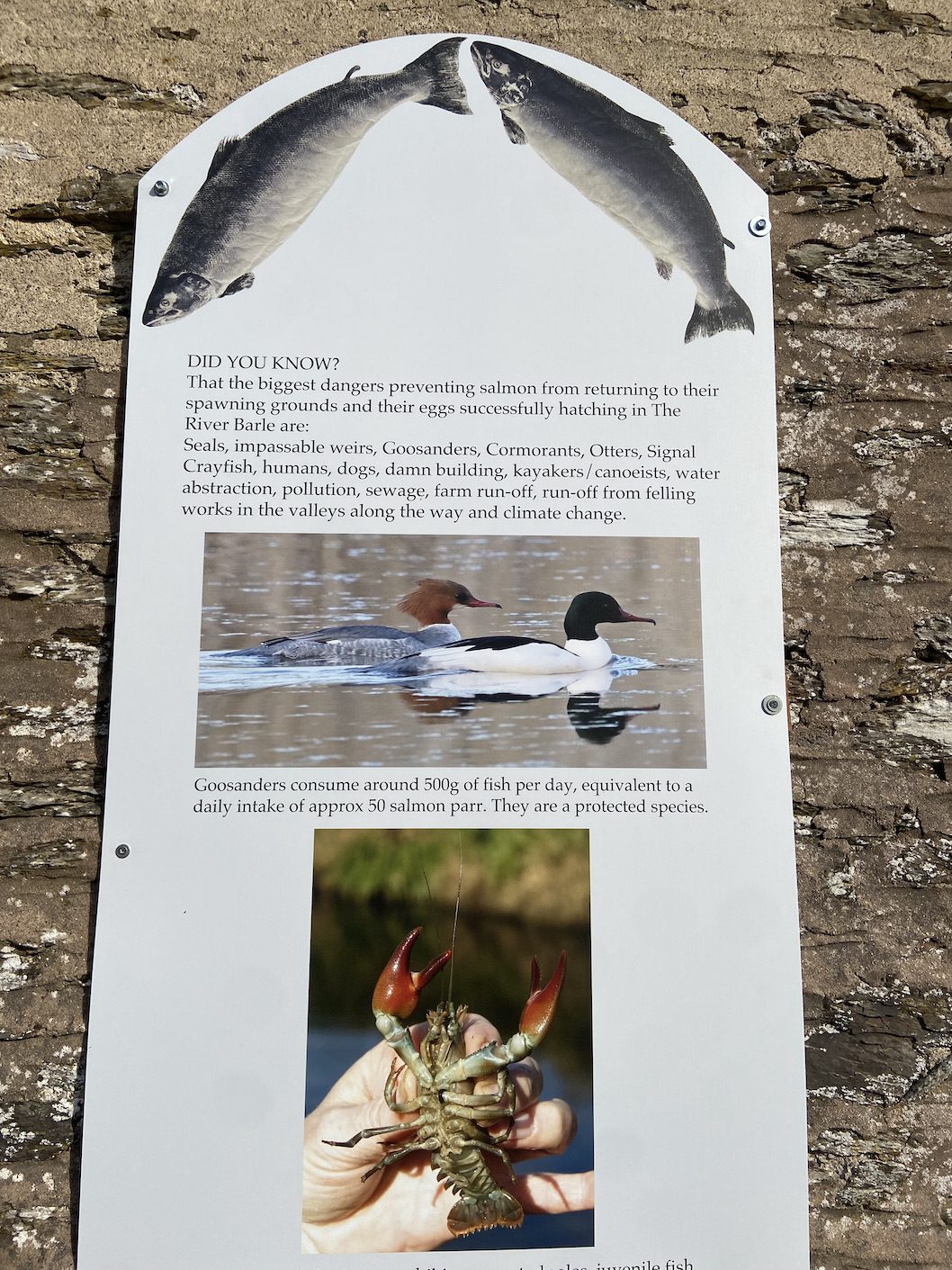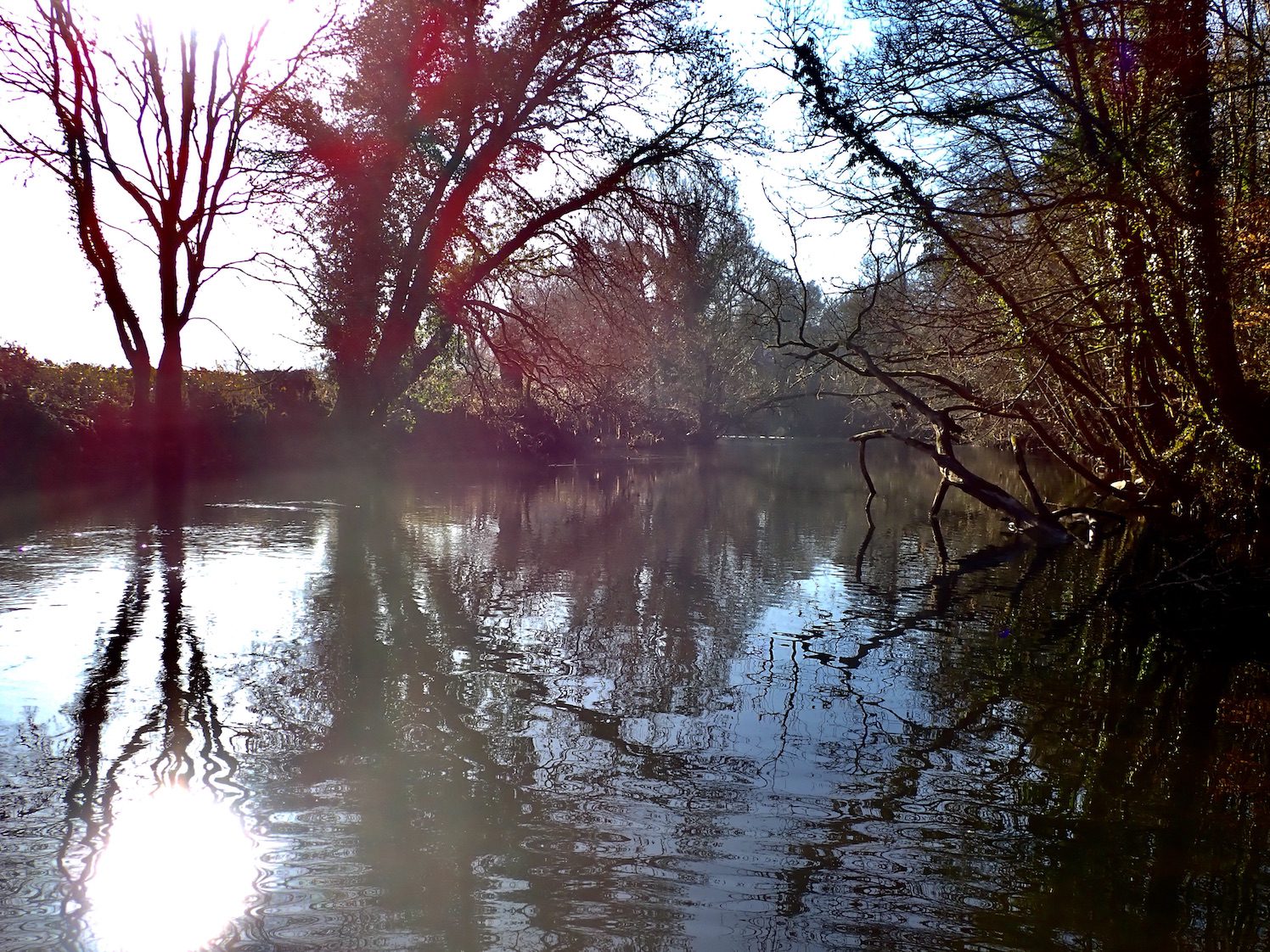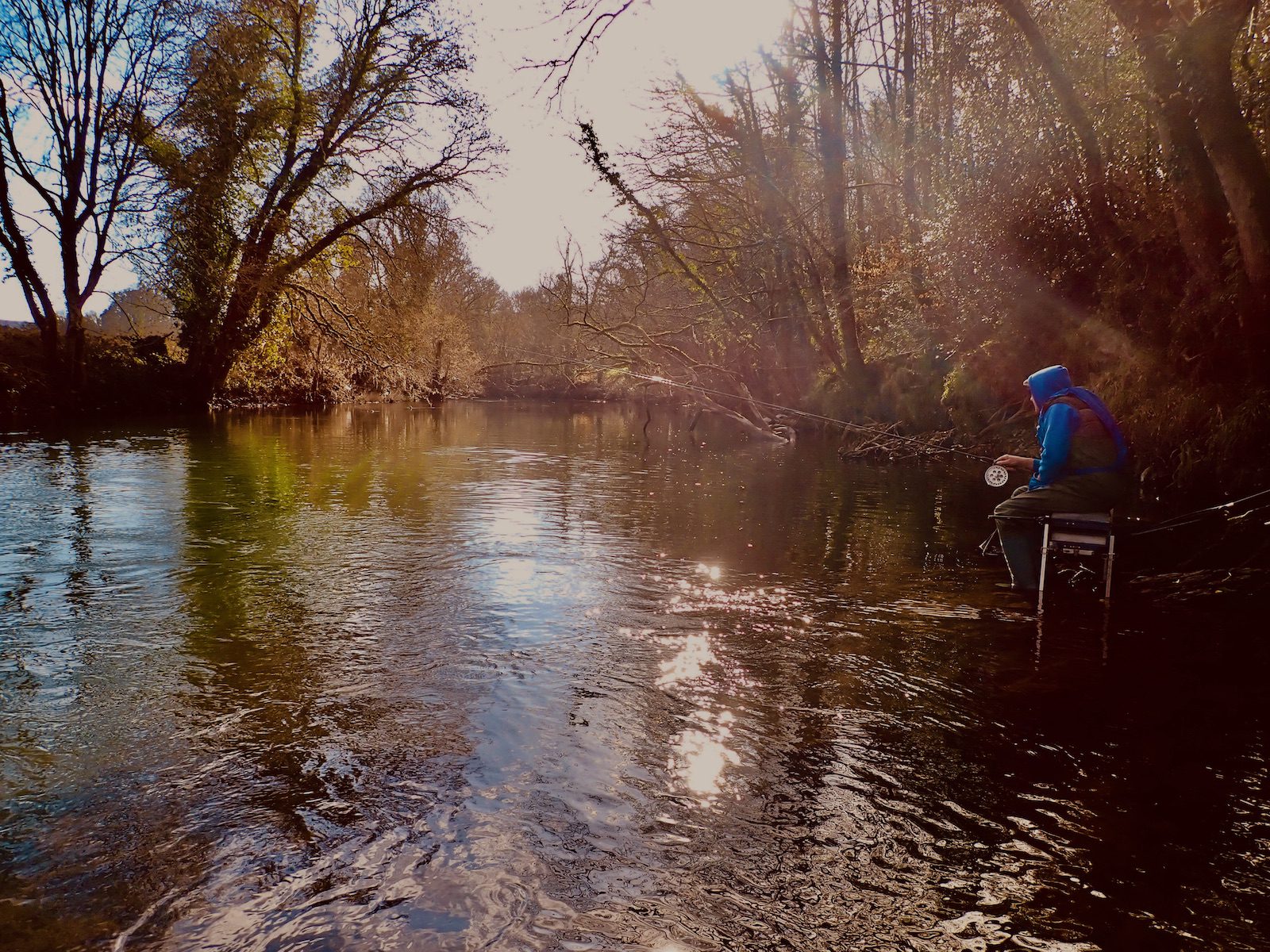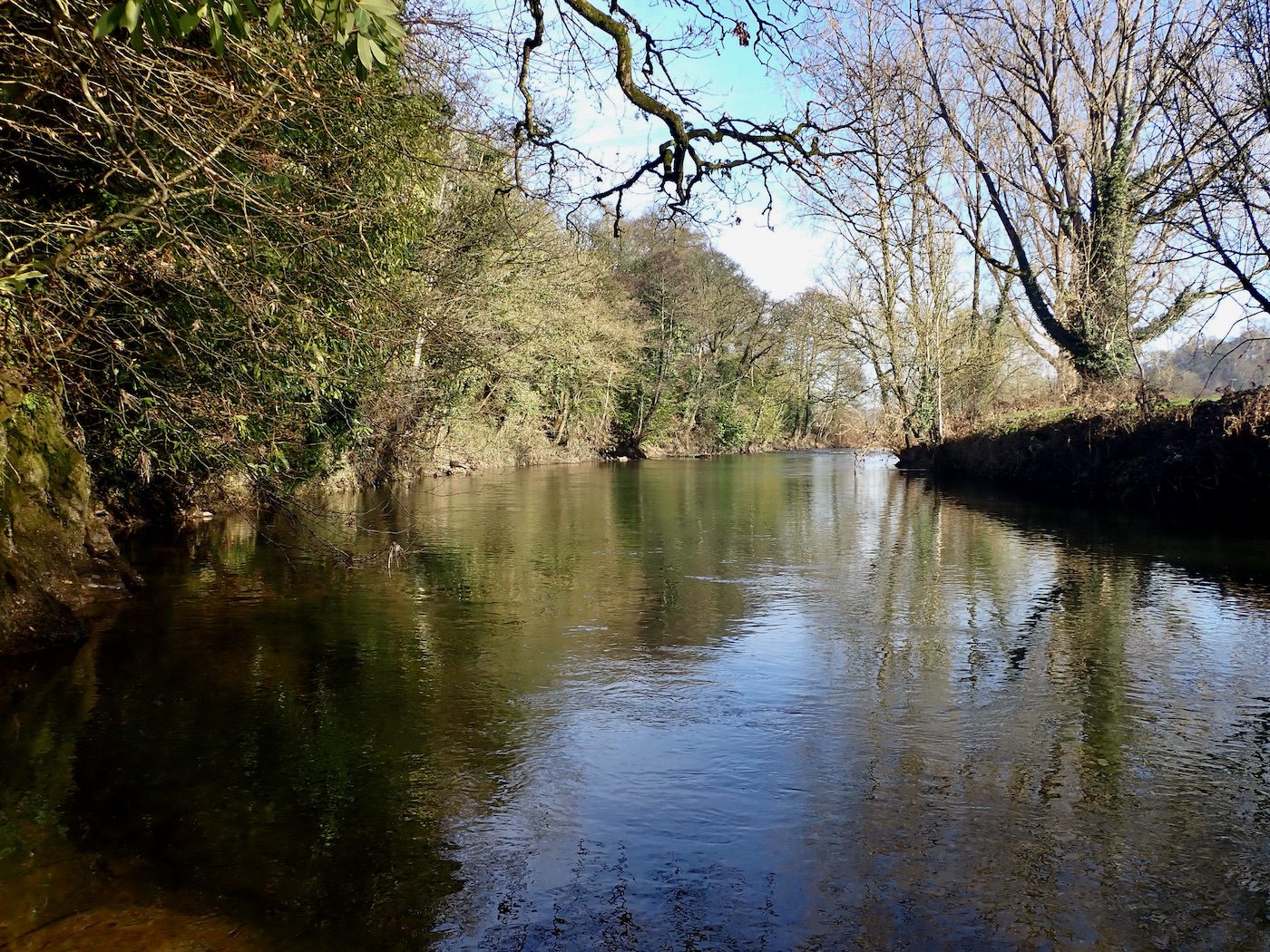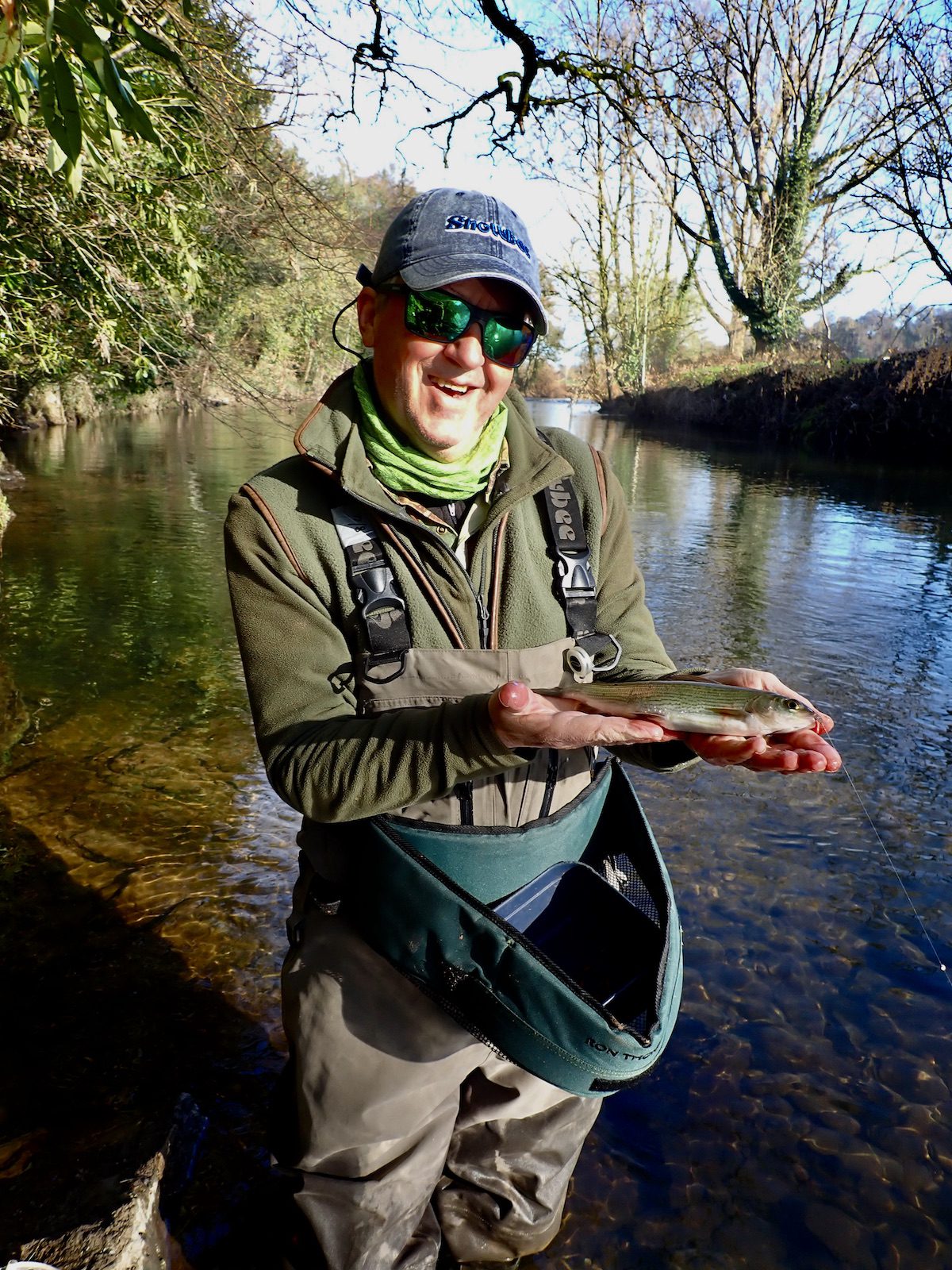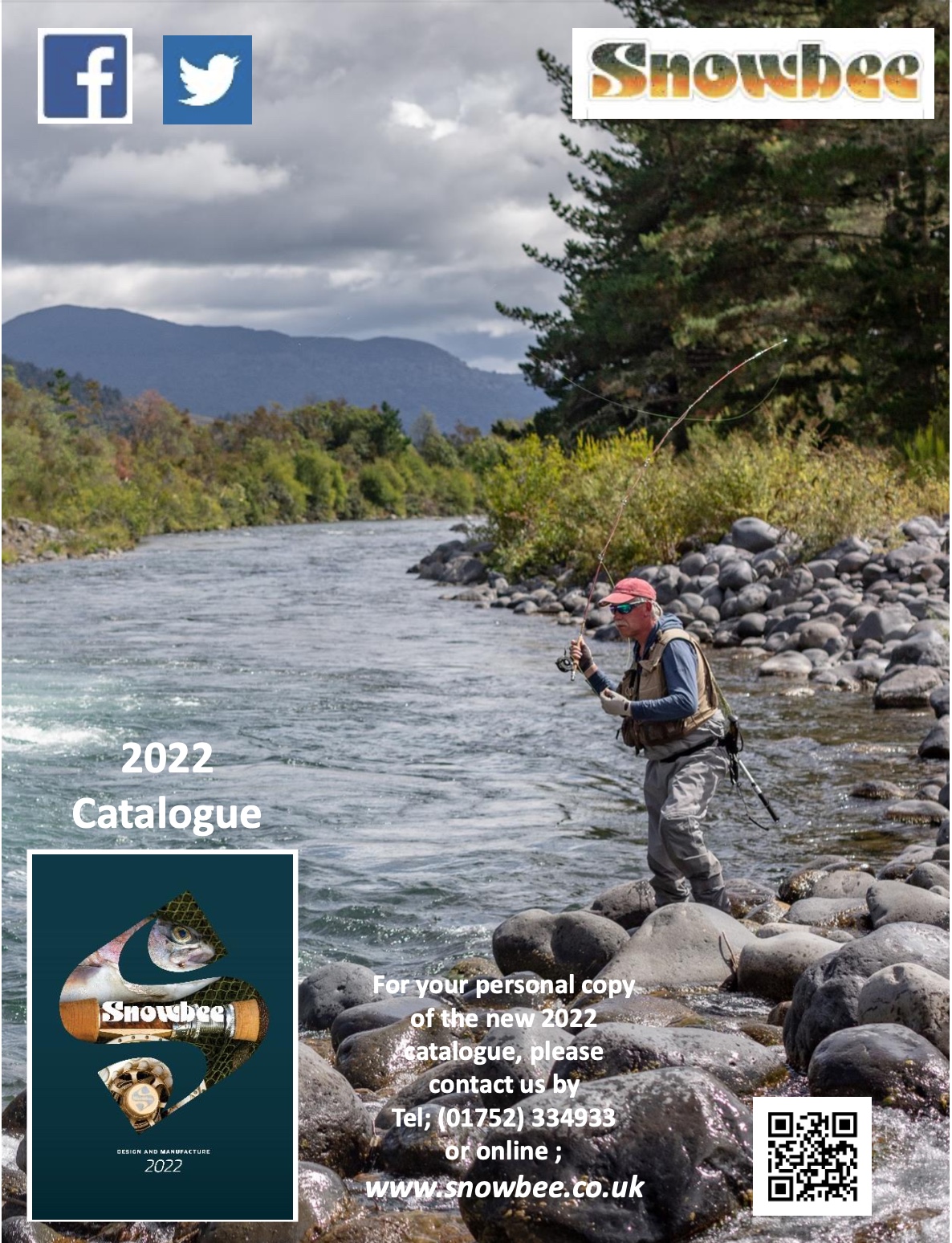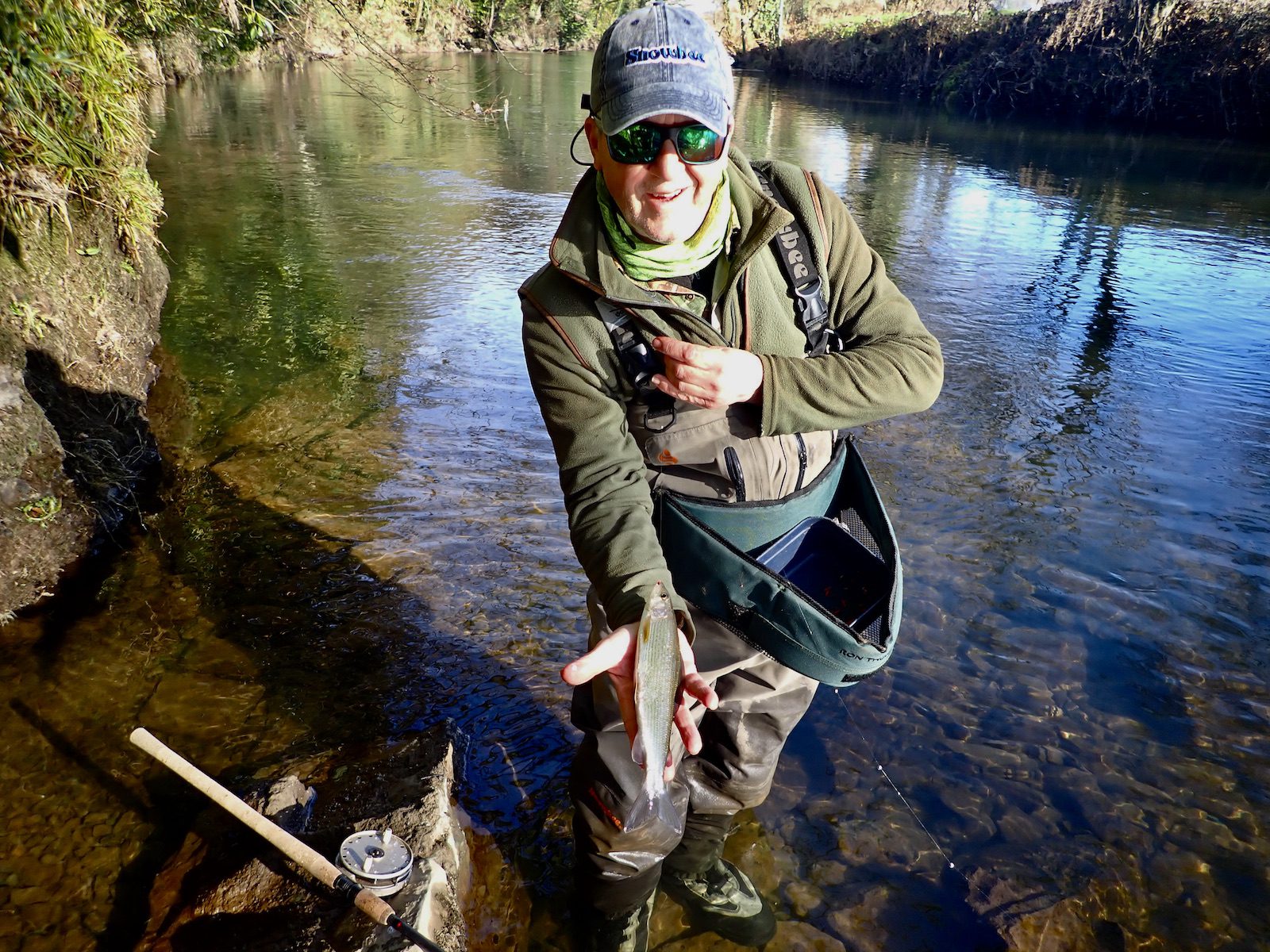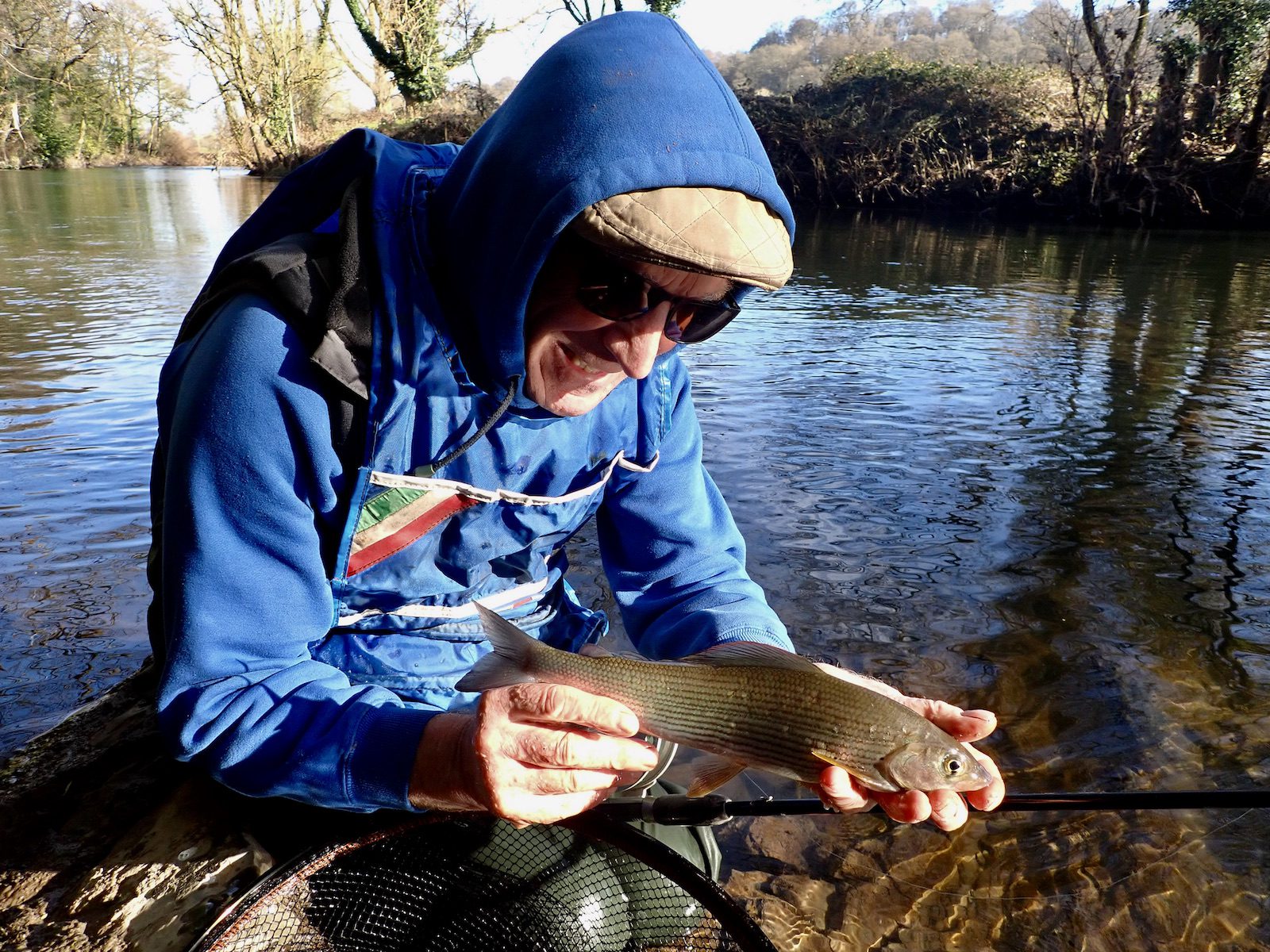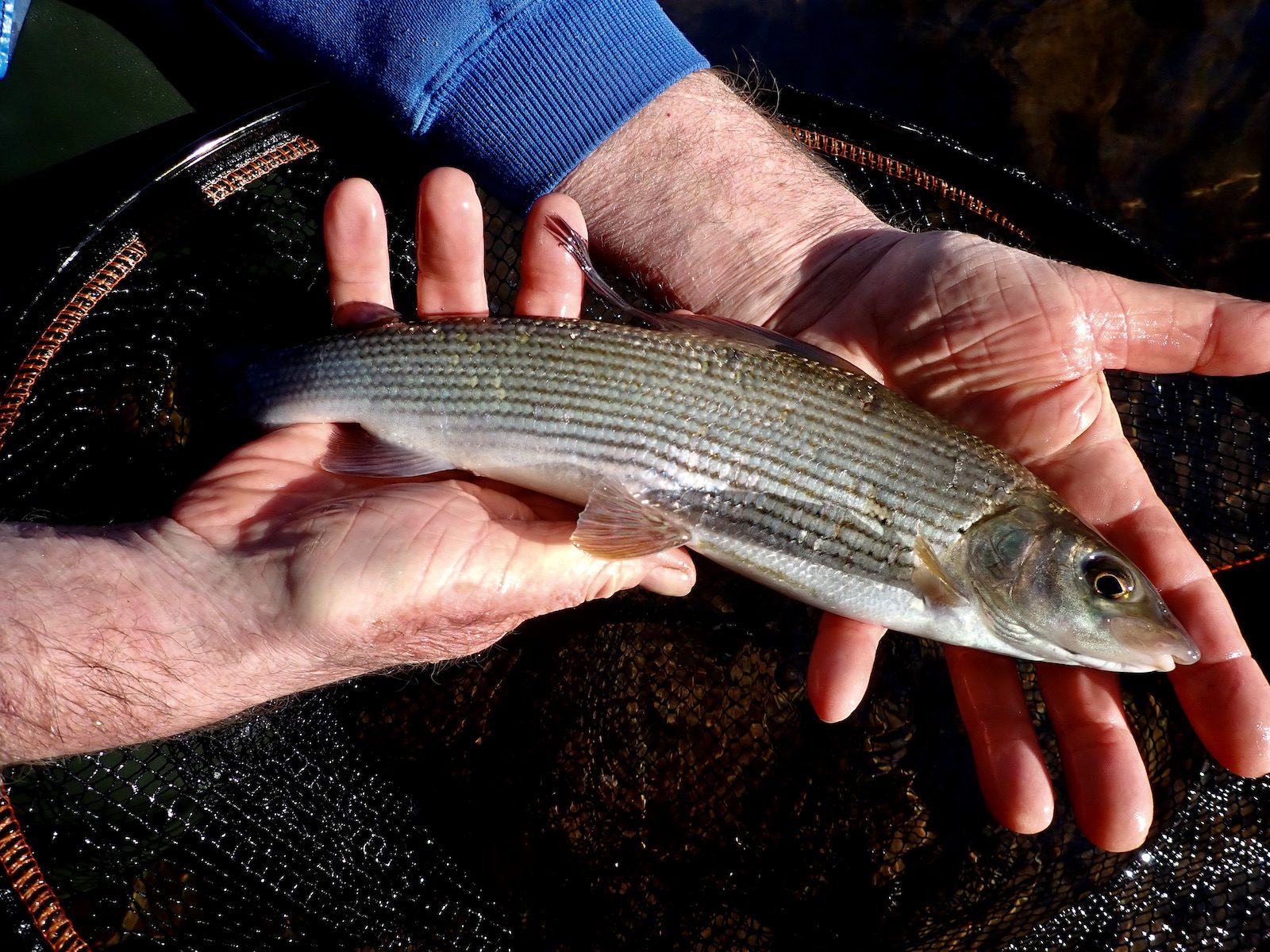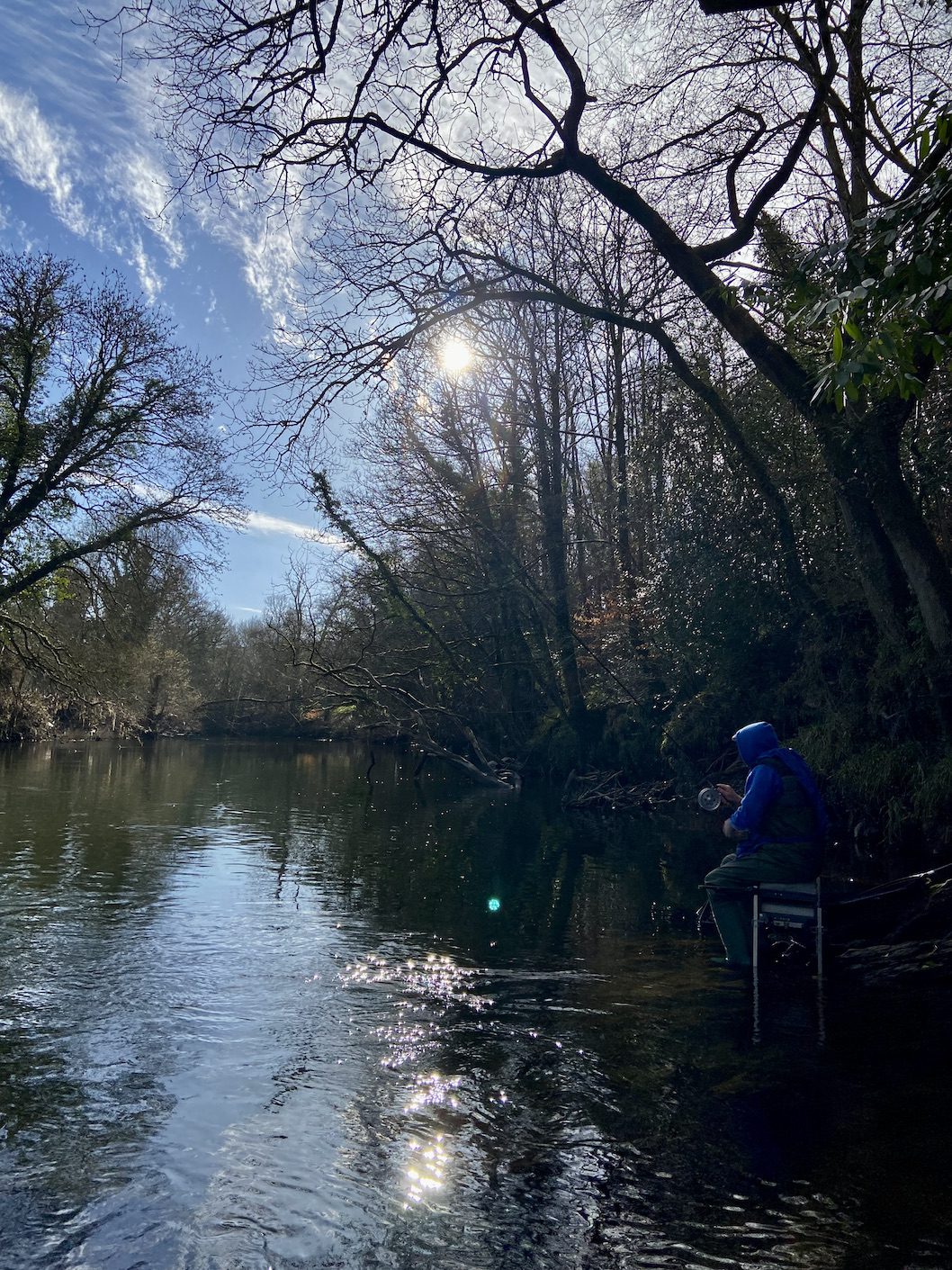Dulverton Anglers Association AGM was held on Friday, February 21st in the Anchor Inn at Exebridge. I have been a member of the club for a couple of years and have enjoyed a few pleasurable days exploring their extensive waters on the Upper Exe and its tributaries.
The club is a long established one and its committee undoubtedly hard working and committed to providing good fishing, protecting the environment and nurturing a friendly network of anglers. The AGM was conducted in a calm professional manner with those friendly moments of warm banter that make all feel welcome and relaxed.
It is fair to say looking around the room that the majority of members fit the expected dynamic of a fly fisher pursuing the gentle art. Most with a few exceptions are of an older generation with greying or thinning hair with the occasional ache and pain. There is however no lack of passion for the river environment its fish and the desire to cast a line. I state this ageing dynamic as there is often a debate around the future with a lack of younger generation anglers. More on that later.
Catch returns show that brown trout and grayling fishing remains good with no significant concerns. The acquisition of Old Woman’s Beat is a significant milestone for the club and its first season saw many members fishing this historic beat. Over 250 brown trout were registered, close to 90 grayling and one sea trout. It is sad that no salmon were caught as this was once regarded as one of the prime salmon beats on the Upper Exe. Sea trout have never been a significant catch on the Exe system which is strange as the river shares many characteristics of other West Country Rivers that still boast good sea trout runs.

One member present was Nicholas Fitton who has recently had his second book published, ‘Gently Down the Stream’. The Forgotten Art of Downstream Wet-Fly Fishing. ( his first book was ‘In Search of Wild Trout , Published in 1992) I asked Nicholas if he would kindly sign my recently purchased copy of the book and he duly obliged. His opening question to me was; Are you a downstream or upstream man? I replied that I cast to the fish where they lie be that upstream or down. In many of our wild rivers with overhanging tree’s there is surely no room for dogma and outdated tradition.
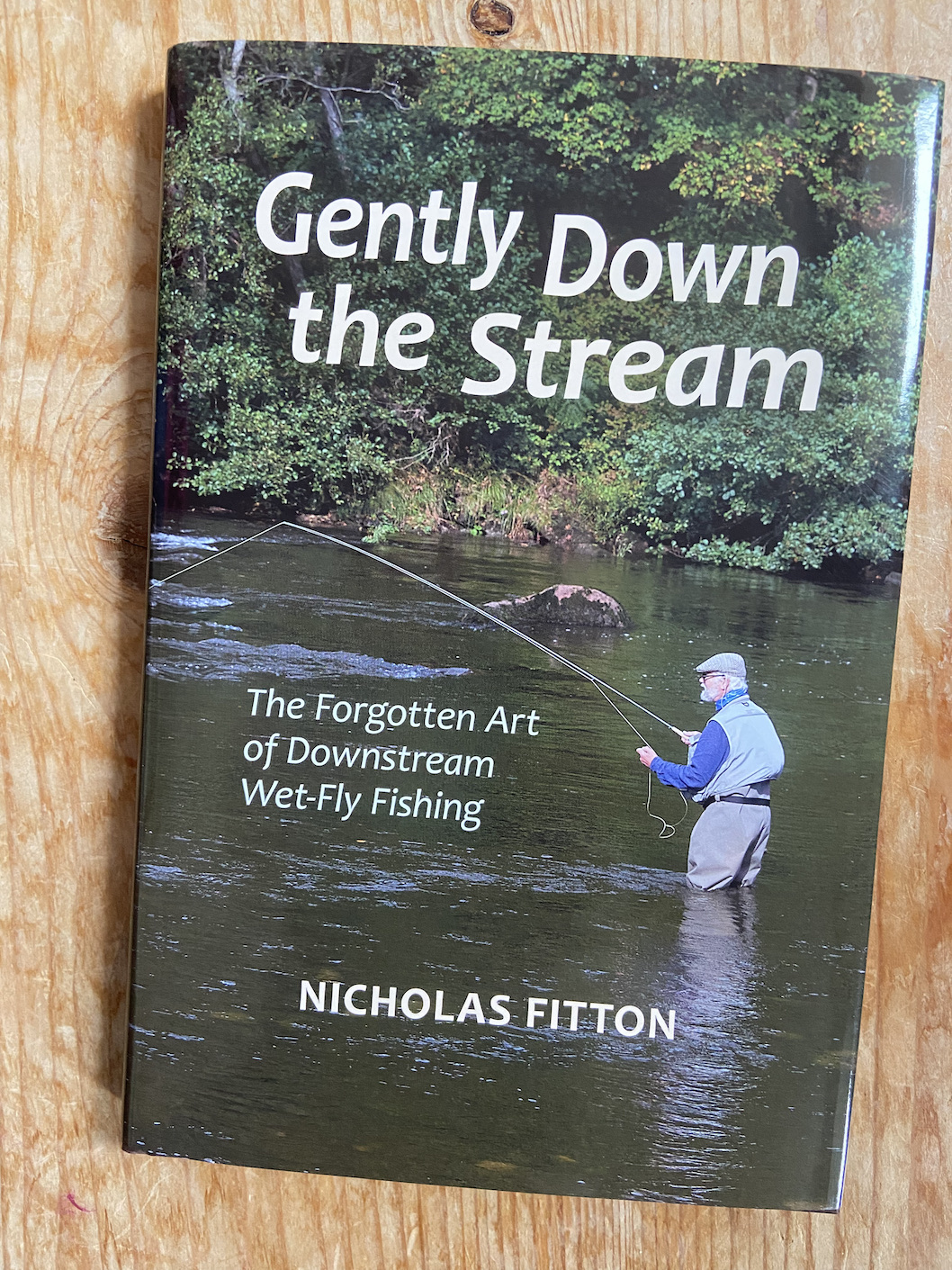
In so called liberated days it is perhaps strange that many still hold onto traditions of the past. It is perhaps a contradiction in stating this that I admit to a great fondness for angling literature from the early days of the last century and savour the words of some of the sports greatest writers. H T Sheringham, George A B Dewar, Sir Edward Grey, E. A. Barton, G.E.M Skues and of course F.M. Halford. These great writers hale from what was perhaps the golden age of angling when fly fishing traditions were established.
We chatted at length about fishing and Fly-fishing and reminisced about a time when we were young and commenced our angling journey. Freedom to explore the countryside and fish are common themes I have discussed with many anglers who shared those same decades. As young anglers we of course followed no rules drifting worms to catch wild trout and only learning the delights of fly-fishing as we progressed. I sometimes wonder if we should have open stretches of rivers where junior anglers can fish without the restraints of rules. Young anglers are the future and it is imperative that we engage them in fishing and nature. In the old days I feel sure the keepers of the river would occasionally turn a blind eye to the young child flicking a worm or knub of cheese to trout. Primula soft cheese worked for me, along with grasshoppers and flakes of mothers pride.
I am looking forward to reading Nicholas’s book and learning more of the art of downstream flyfishing. ( Will write a review on the book on here in due course) The complete fly angler will surely be adept at all methods dictated to by the flow of the water and the ways of the trout.
The official meeting business was followed by a talk from Angling Trust representative Alex Van Wienen who highlighted the many services, avenues for advice and funding the Angling Trust offers to member clubs.
A delicious and plentiful buffet was provided to close the meeting the remains of which fed the associations habitat working party the following day as they cleared paths of debris on one of their beats in accordance with the landowners wishes. The association organise various working parties throughout the year and plans to work with the Environment Agency later in the summer to help tackle invasive Himalayan balsam.


